October 18, 2020
Special Guest Edition
Since my beloved camera is still in the hospital, a number of faithful members of this Blog club volunteered photos for this week's version. I was overjoyed to see their work and know you will be too. If you would like to volunteer for the next week's blog, here is your invitation. I did leave some of my own stuff here too, since there are some communities (like the Barklice) that we've been following. Luckily, the weather has also dropped off and so there isn't that much to say, so if you can close your eyes for a while, you'll soon find yourself in the GOOD STUFF.
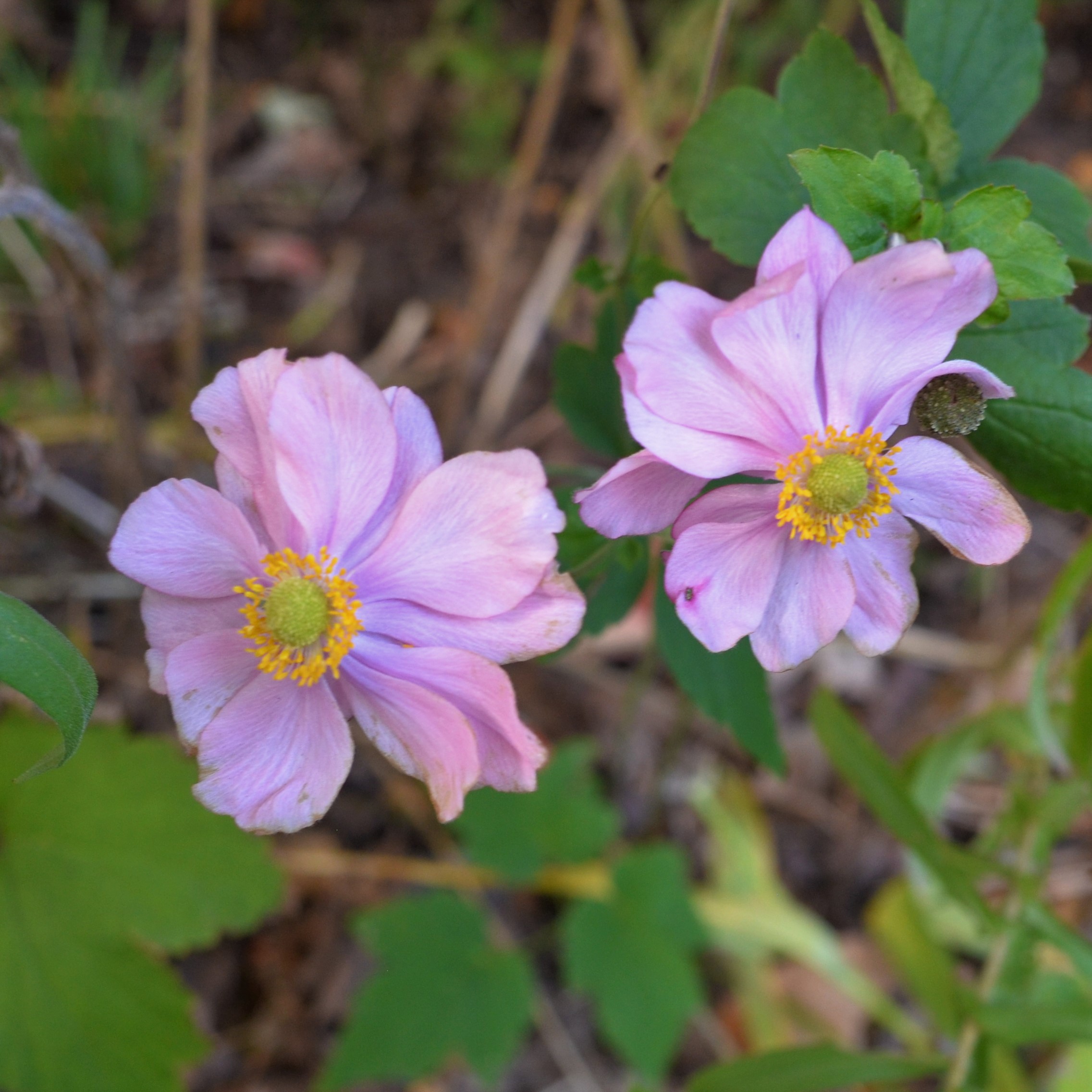

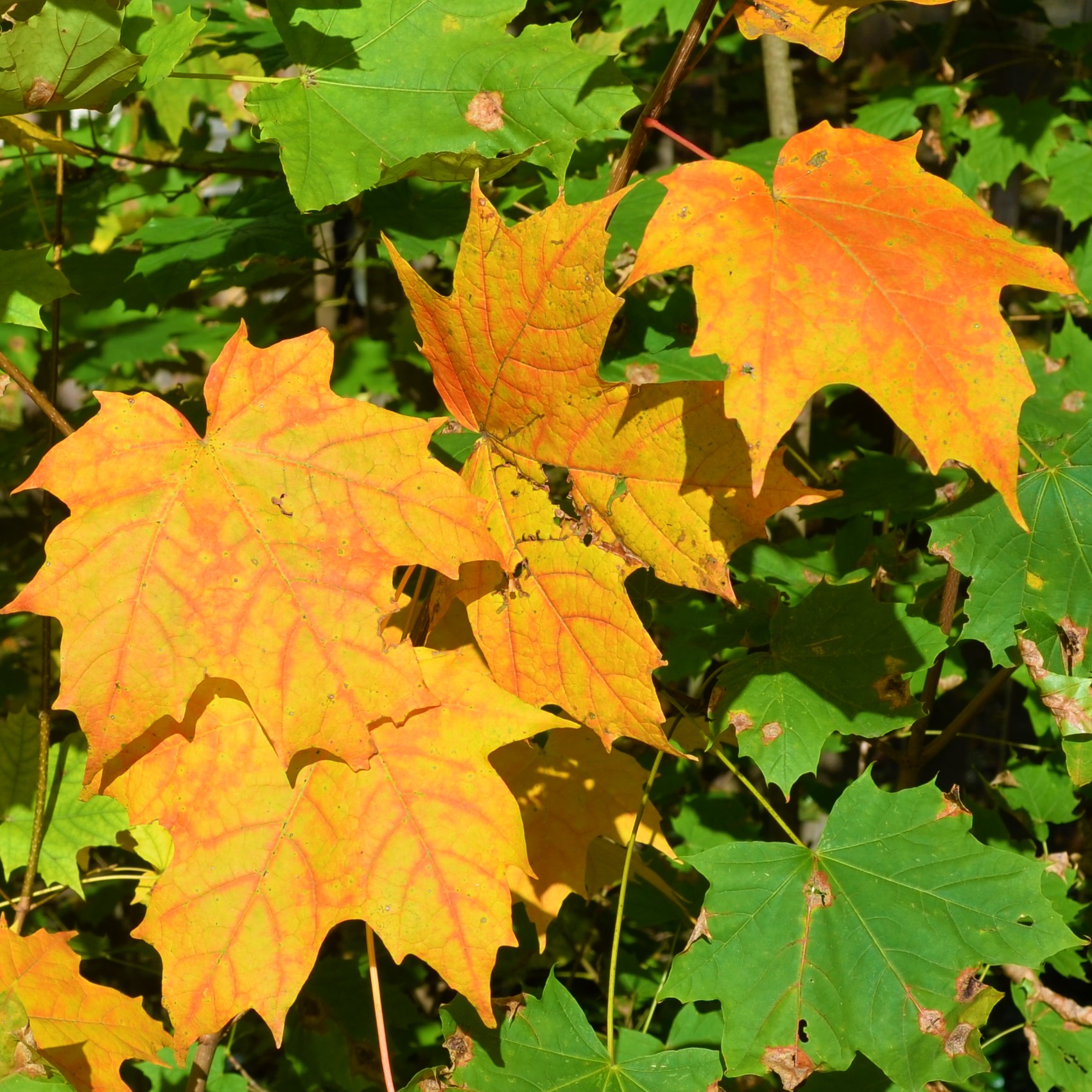
The Japanese Anemone is on its last legs. Almost all its flowers have been replaced by the green seed balls. This is the only picture I got this week. The water lily will not be seen for some good time - the pond was redug yesterday and the day before. The plants didn't come through the dig too well. Sigh. The maple leaves in the back yard are turning interestingly.
Remember that there is information in the name of the file for each image. You can see it by mousing over the image - look at the lower left of the screen. Or you can click on the image to get to the (usually) larger image. Then the info is displayed in the address line above. Sometimes the second click will actually display a different view of the original image.
The Ants were not very good posers for my little Nikon Coolpix A. By the time I had one in focus, off it would go. Maybe I need to put out a pile of sugar for them. And my pet Barklice were also almost beyond focusing. What good timing. They have been becoming a lot less evident. Only their egg masses (picture 2) and a few isolated ones (picture 3 shows a few nymphs on panel 7's right side) are still to be found.
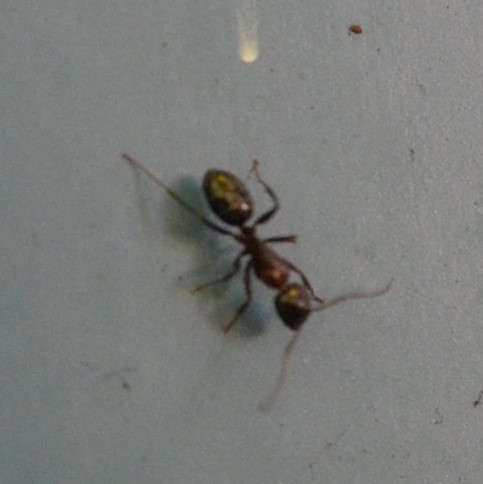

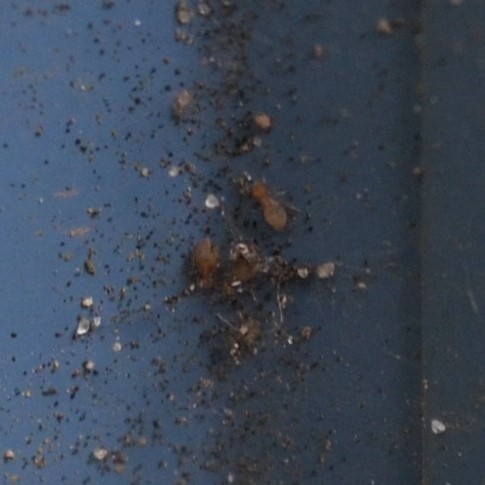
That mystery Loving Barklouse, Aaroniella badonneli (picture 1), which we saw two weeks ago, is back (picture 2). One of the only Barklice that seems to photograph fairly well is Graphopsocus cruciatus (picture 3).
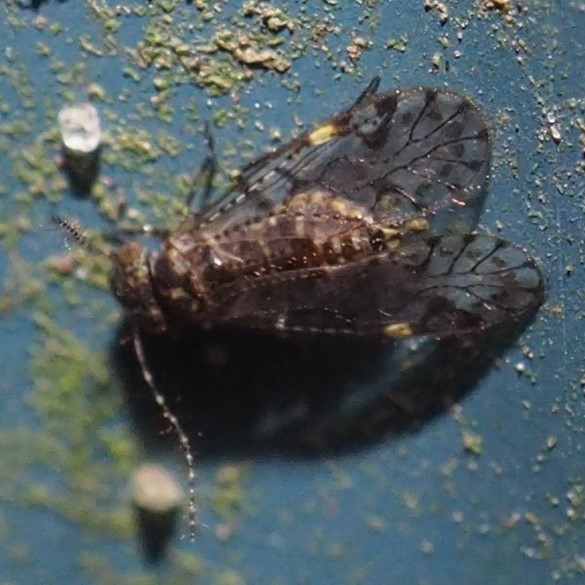
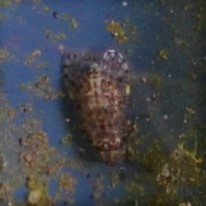
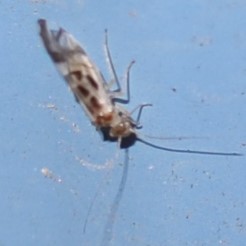
Three other Barklice that we can still recognize are Metylophorus novaescotiae, Polypsocus corruptus, and Valenzuela flavidus.

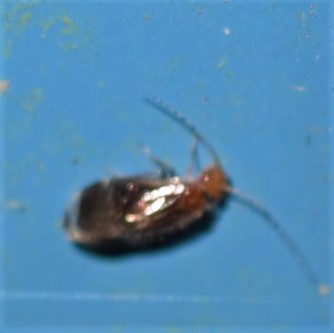
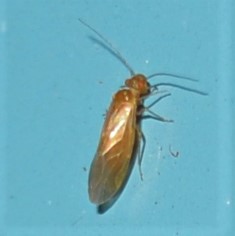
We now leap into the lovely photos which exalt the delicacy of several tiny creatures. These were made by Steven Wang (iNat handle @stevenw12339). Steven has taught me all I know about Ants. But this first one is of the business end of an Antlion. Here are his notes on this amazing insect (and from them you can see how well he belongs among the people who find beauty in the most amazing things):
"Growing up in Texas, I always had ready access to clay rich soil that often harbored antlions. Turns out there are a fair amount of antlions in upstate New York as well! These neuropterous insect larvae sit at the bottom of sand pits of their own construction, preying on any insect unfortunate enough to fall inside. Their jaws are some of the coolest amongst insects. The mandible forms the inner edge of the whole "jaw", and the maxillae (usually one of the tiny "fingers" near a bug's mouth) has elongated and fused with the outside of the mandible, forming a groove between the two like a straw. You can see this groove as a darkened tube through the mandibles in this image!
This gives the antlion the title of the only insect that injects venom through the tips of their teeth! They also drink their prey's insides through the same sharp tips, useful when you lack chewing teeth, are buried in the sand all the time, and eat things with tiny gaps in their heavy armor like beetles and ants.
There are so many other cool things about antlions - did you know they don't poop as larvae, even between molts? They lack an anus and wait till they molt into adults from the pupae, when they pass a huge ball of poop (called the meconium) that they have been saving since hatching from the egg. This lets them be incredibly water efficient, helpful when you spend all your time lying around in well drained sand.
Found in a small patch of sand at the base of a tree on 9 October 2020 in Ithaca, NY.

We continue with more of Steven's photos, which are available from him if you go here . He shared one more picture with us, but you will have to wait till we get to the Wasps. (Editor's note: remember you can click on the photo once or twice to enlarge it.)
A male malaria mosquito, Anopheles punctipennis. Before malaria was eradicated from much of North America, this was one of the major vectors of human malaria. This is a big and beautiful native mosquito of our area. I generally only see Ochlerotatus japonicus around campus and in Ithaca where it is extremely dominant, and only run into Anopheles punctipennis in the woods outside of town. I love the scattering of dark scales found on the wings of this species, as well as the elegant posture of the females. And the hairy and brushy male antennae look like something you'd clean your pipes or get COVID tested with!
Found on the side of an outhouse on 10 October 2020 in Montezuma, NY.
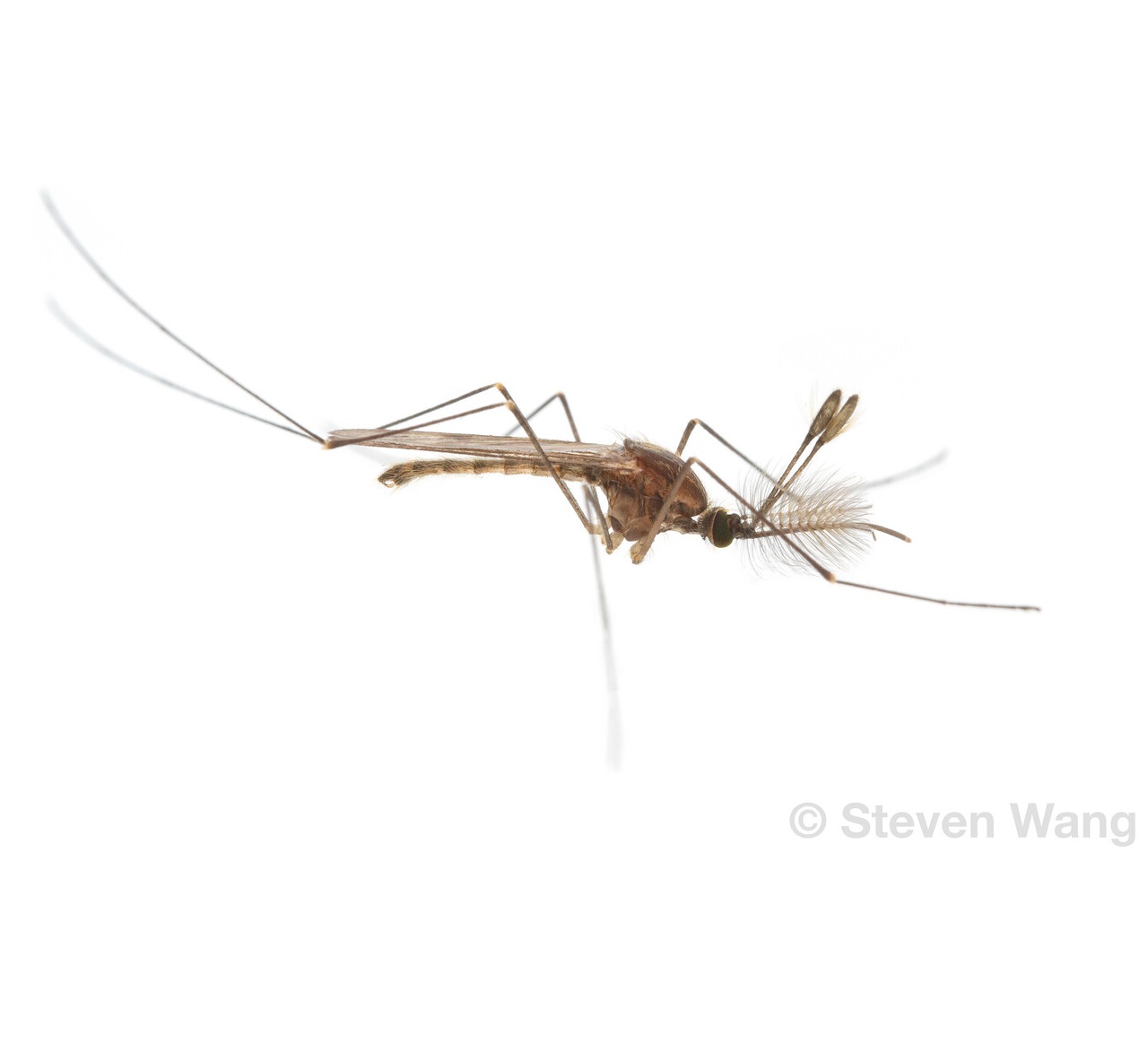

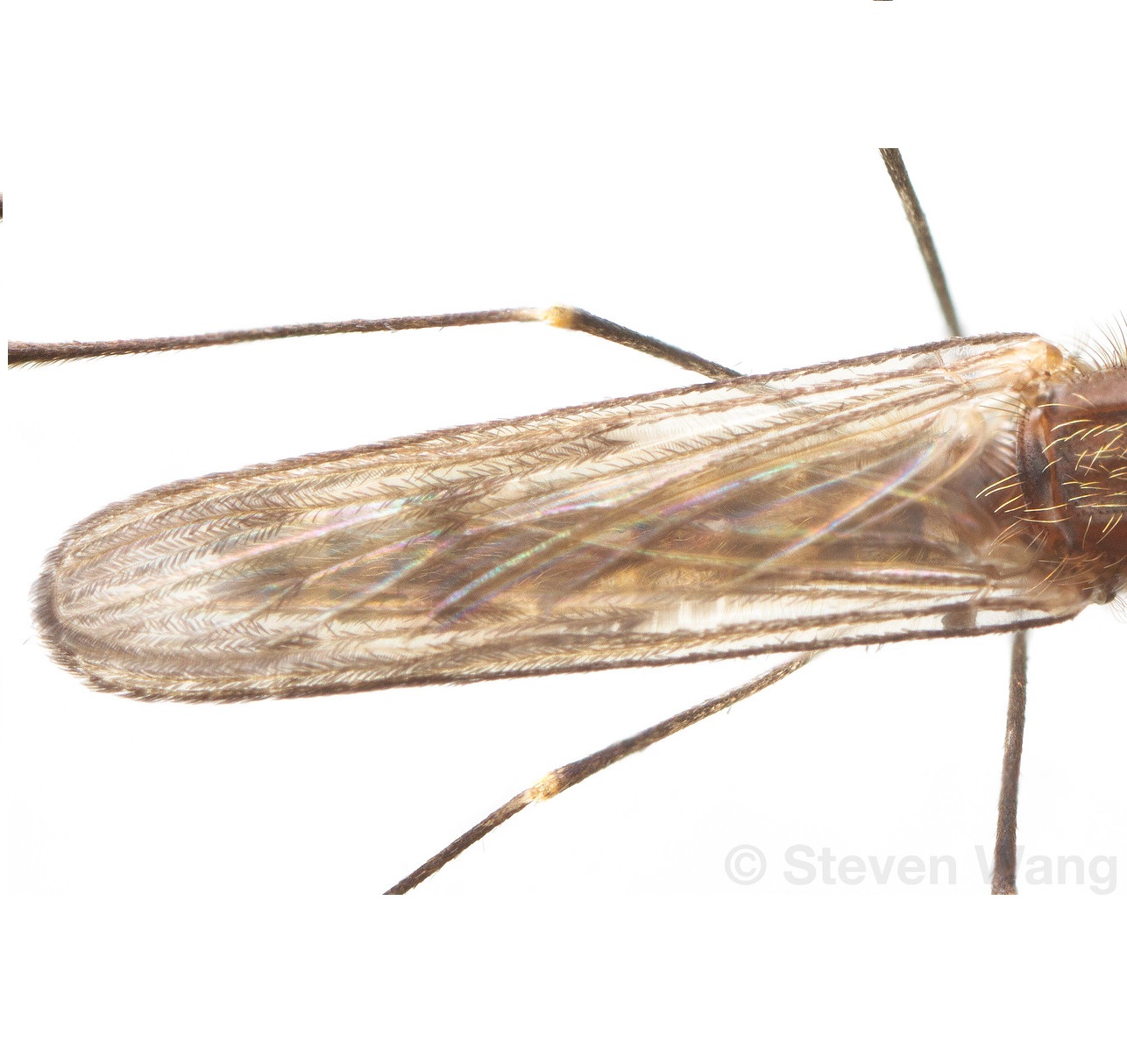
As luck would have it, Matt Claghorn (@claggy of iNat) sent in this lovely picture of what I thought was an Aedes japonicus, the Asian Bush Mosquito. I remember when we studied the Panama Canal in school and learned about the Aedes and Anopheles Mosquitoes, which were famous for carrying Yellow Fever and Malaria, respectively. Anyway, apparently there are two almost identical species: one, Aedes japonicus is the more northerly and this one, Aedes aegypti, runs the South.
Matt says, "Here's the Yellow Fever Mosquito that I noticed on the way back into the house. It didn't seem to care about me, thankfully. It just perched on that flower as I passed by instead. For that reason I was expecting it to be a male, but I was wrong!"
Matt also sent these two pictures of Hover Fly larvae, which I only just learned about this summer, as they picked off Aphid after Aphid on my Goldenrod.
Matt says, "The last two are of a hover fly larva I came across while checking the bottom side of these round zucchini leaves for aphids. There were a lot of aphids on this one, and then I also noticed the syrphid larva. I was happy to see it, knowing it was feasting on those aphids. What I didn't notice until I got the photos onto my computer was what you can see in the first photo- the remains of a mummified aphid. You can clearly see some kind of parasitic wasp popped right out of it!"

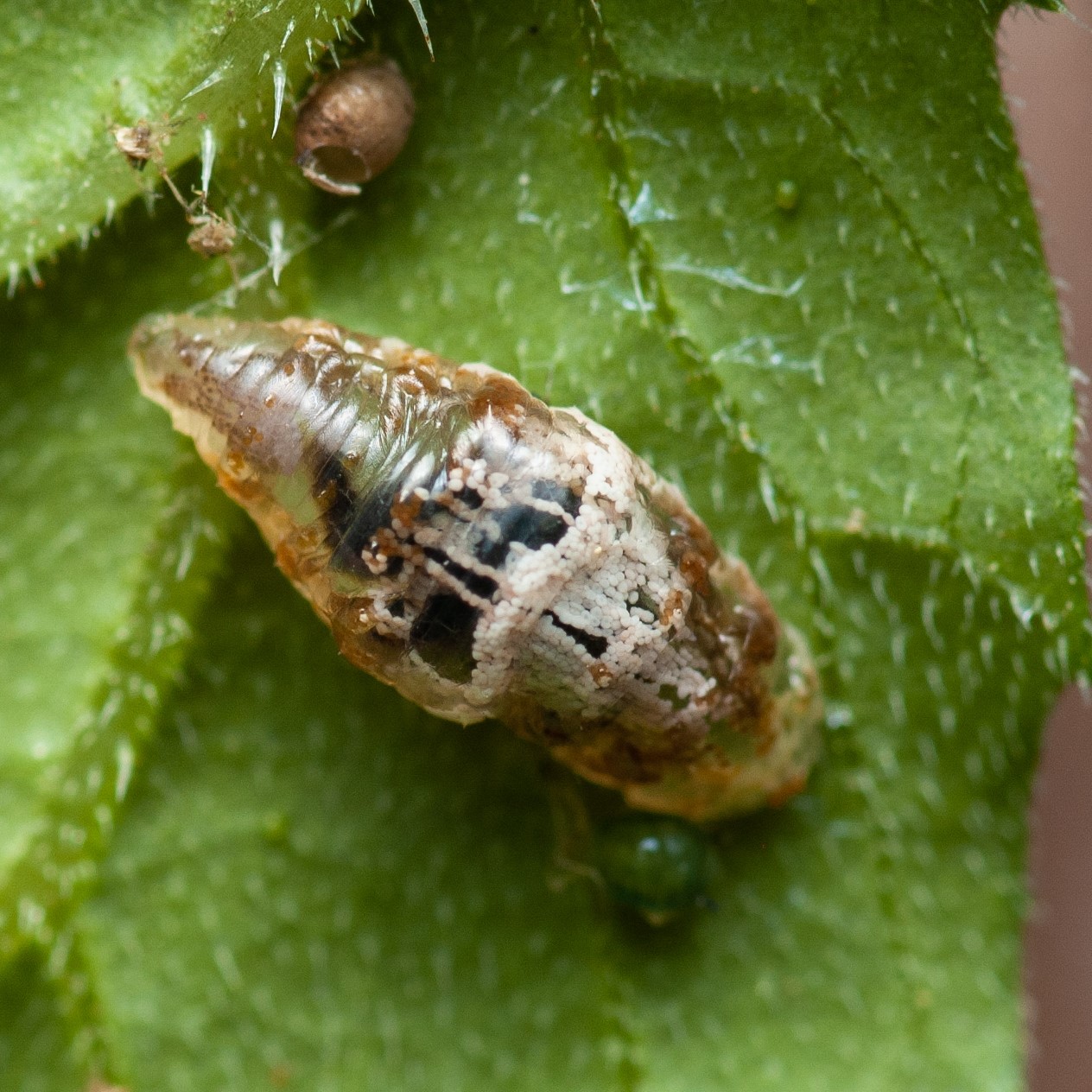
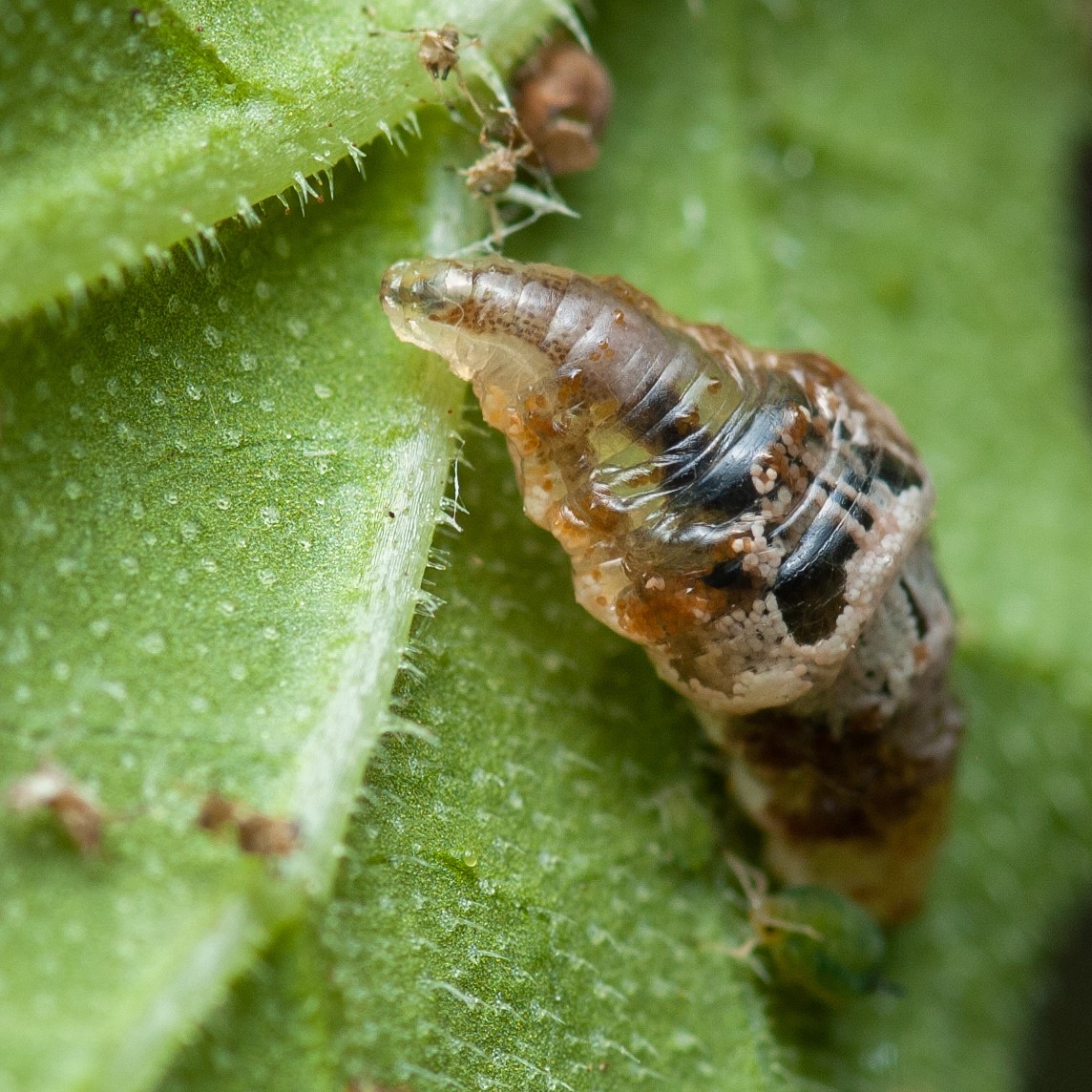
Here is my only decent picture of a Bumble Bee in an Aster flower, followed by the first of the photos by Monika Riepl (iNat friends will recognize her as @mobbini) of Leipzig. The poor Bee was caught in the rain.
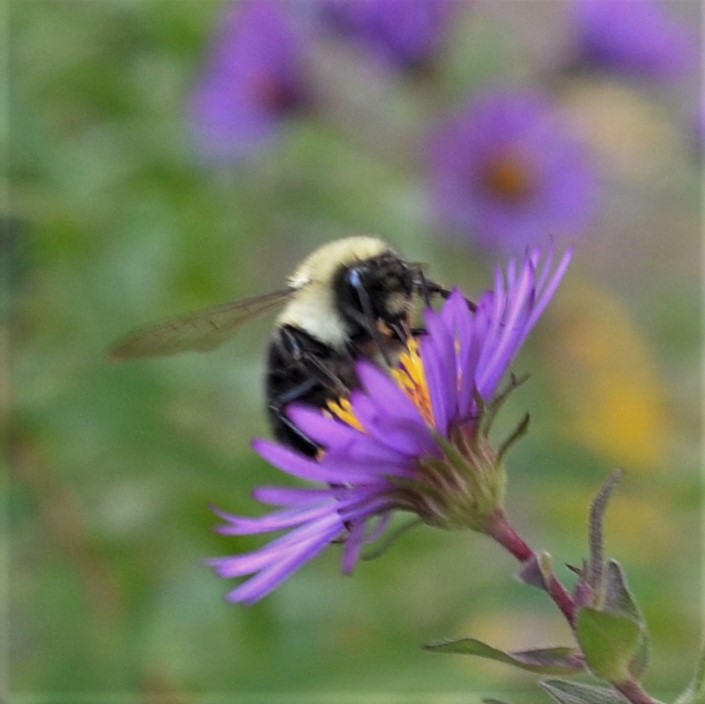
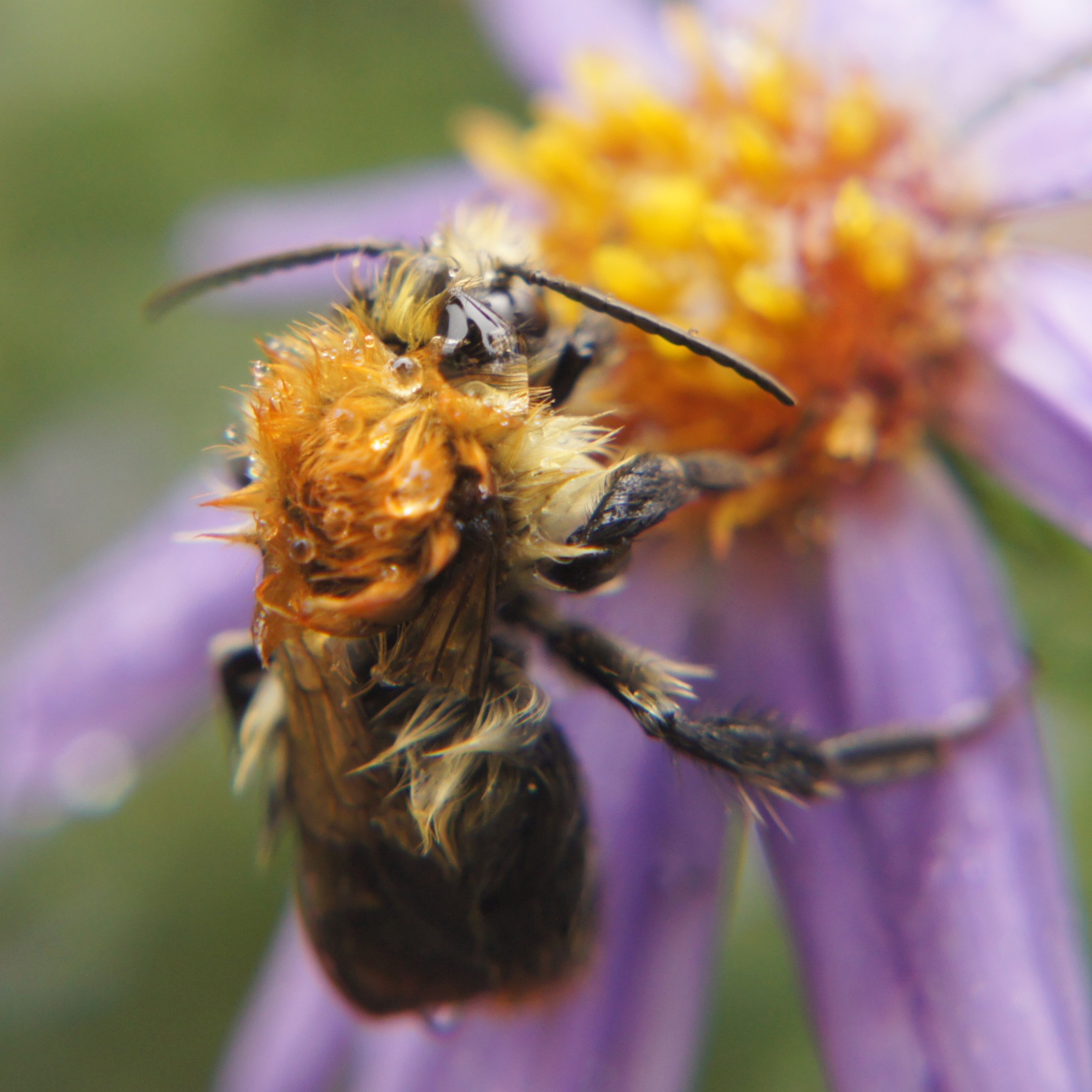
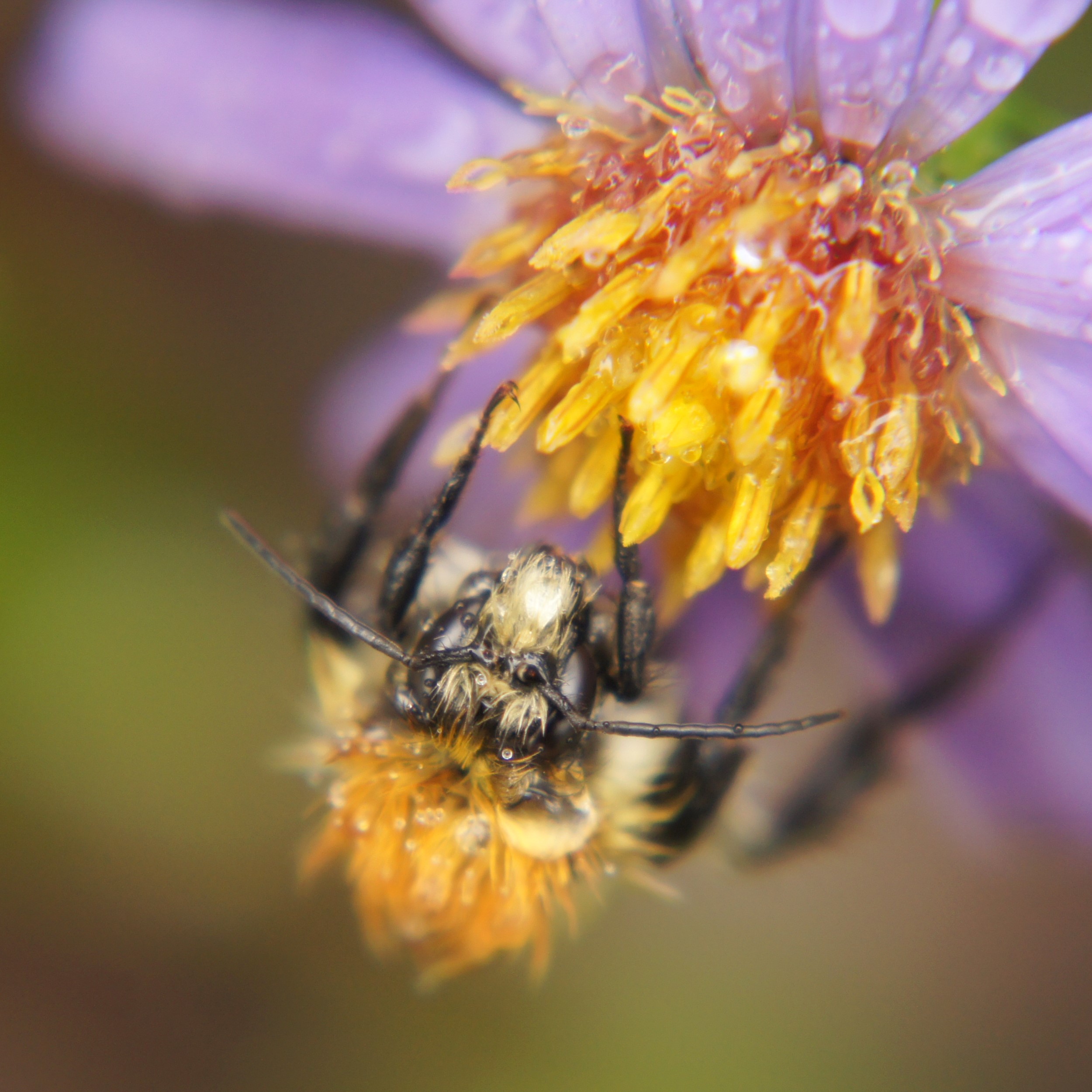
German Asters seem a bit different from the ones around here, which are New England Asters. But even in the rain, beautiful as we expect Asters to be. They are "stars" in many ways. Here's a pink one, a light purple one, and one with a lovely Tick clinging to it. She is a true Nature lover, as you can tell by her rhapsodic notes on the tick.
"I think the tick is Dermacentor reticulatus, with english common names Marsh or Meadow Tick, Ornate Cow Tick or Ornate Dog Tick. I like the "Ornate" in the common name a lot. In german this aspect is only reflected by the genus name "Buntzecken" (translates to "colourful ticks") and the species is called "Auwaldzecke" which translates to Riverside Forest Tick (in my head I call them always Auwald-bunt-Zecke because the colour aspect needs to be reflected in the name! Or I even tend to call them Auwaldornamentbuntzecke from now on because I like the english names so well, and it makes a fine long chainword :-)
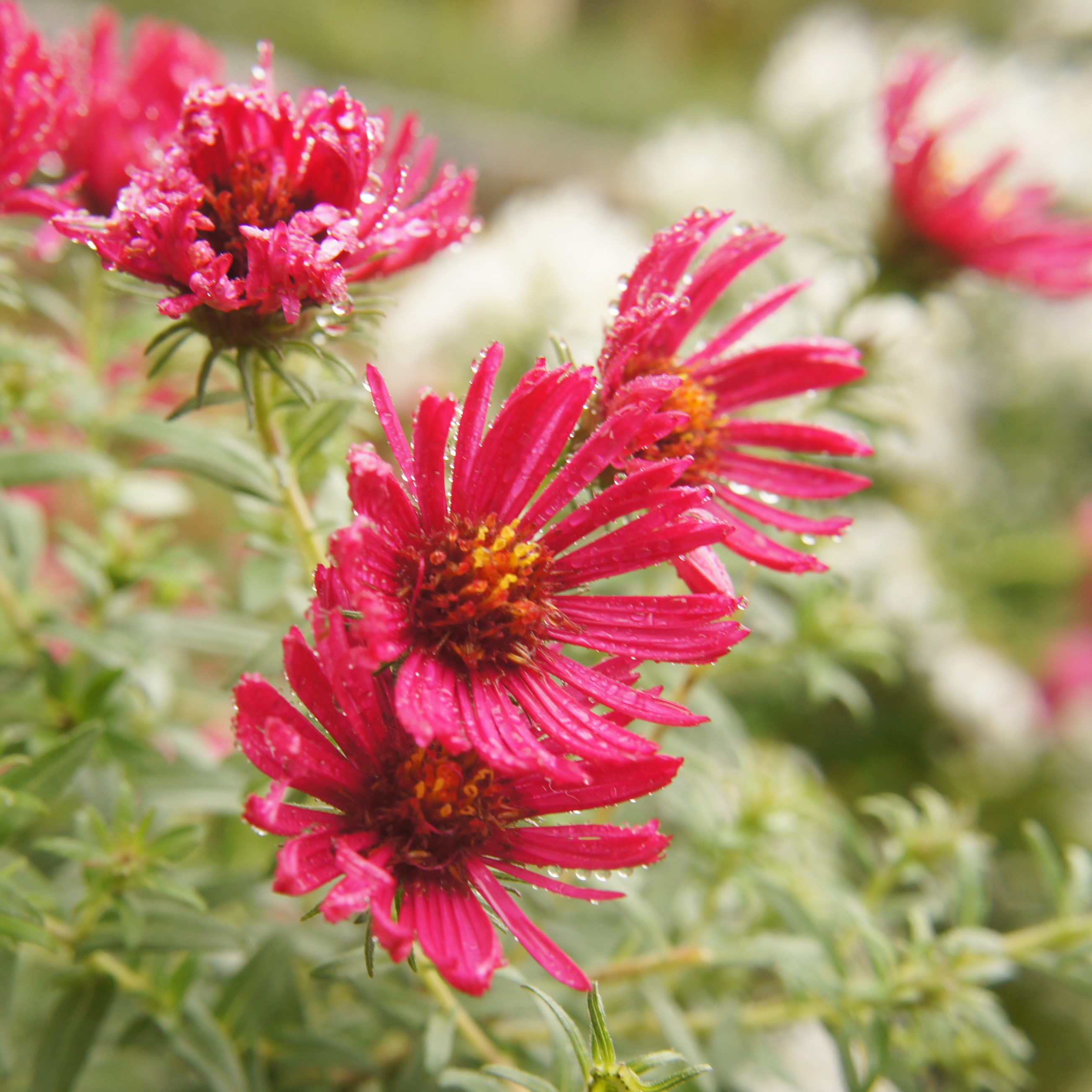
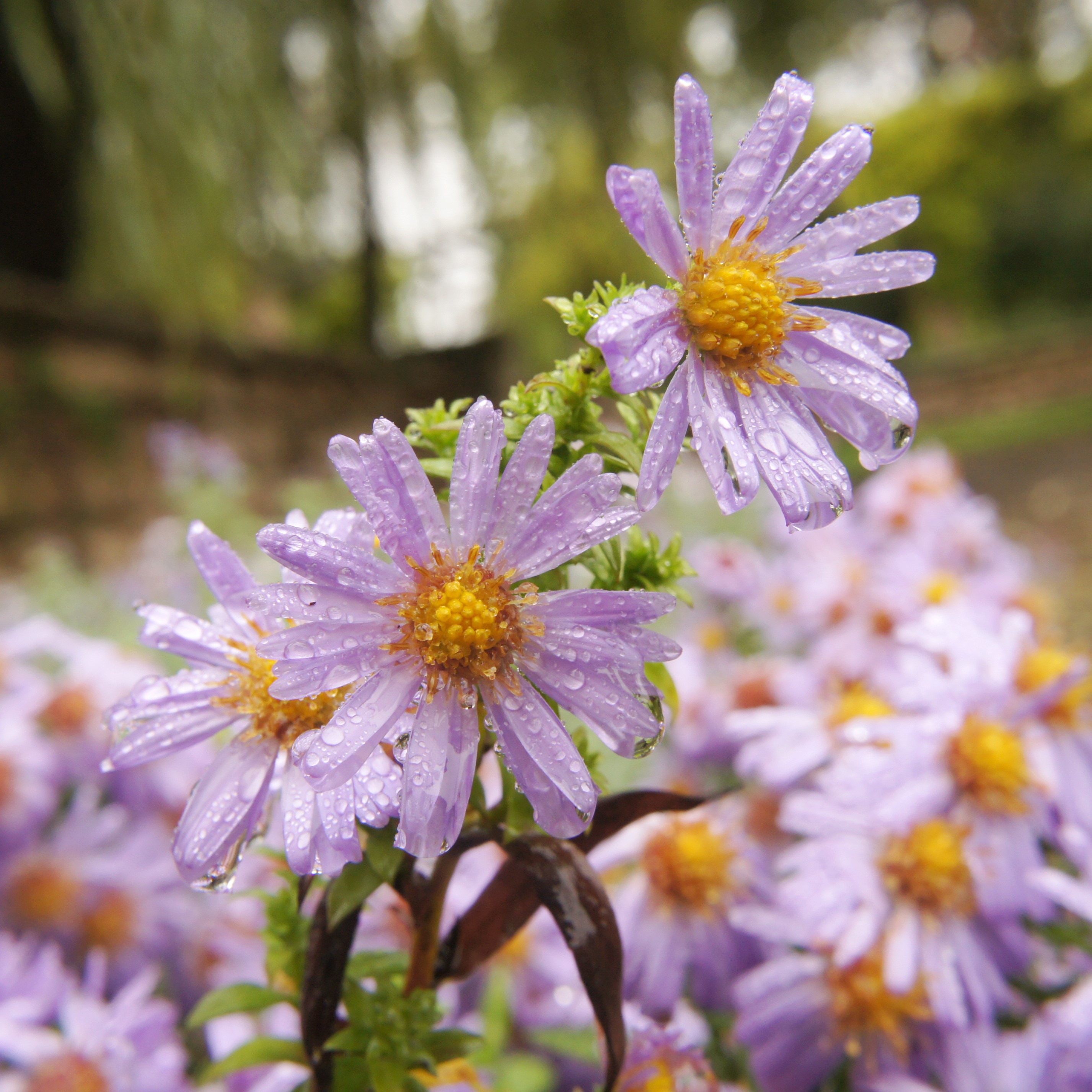
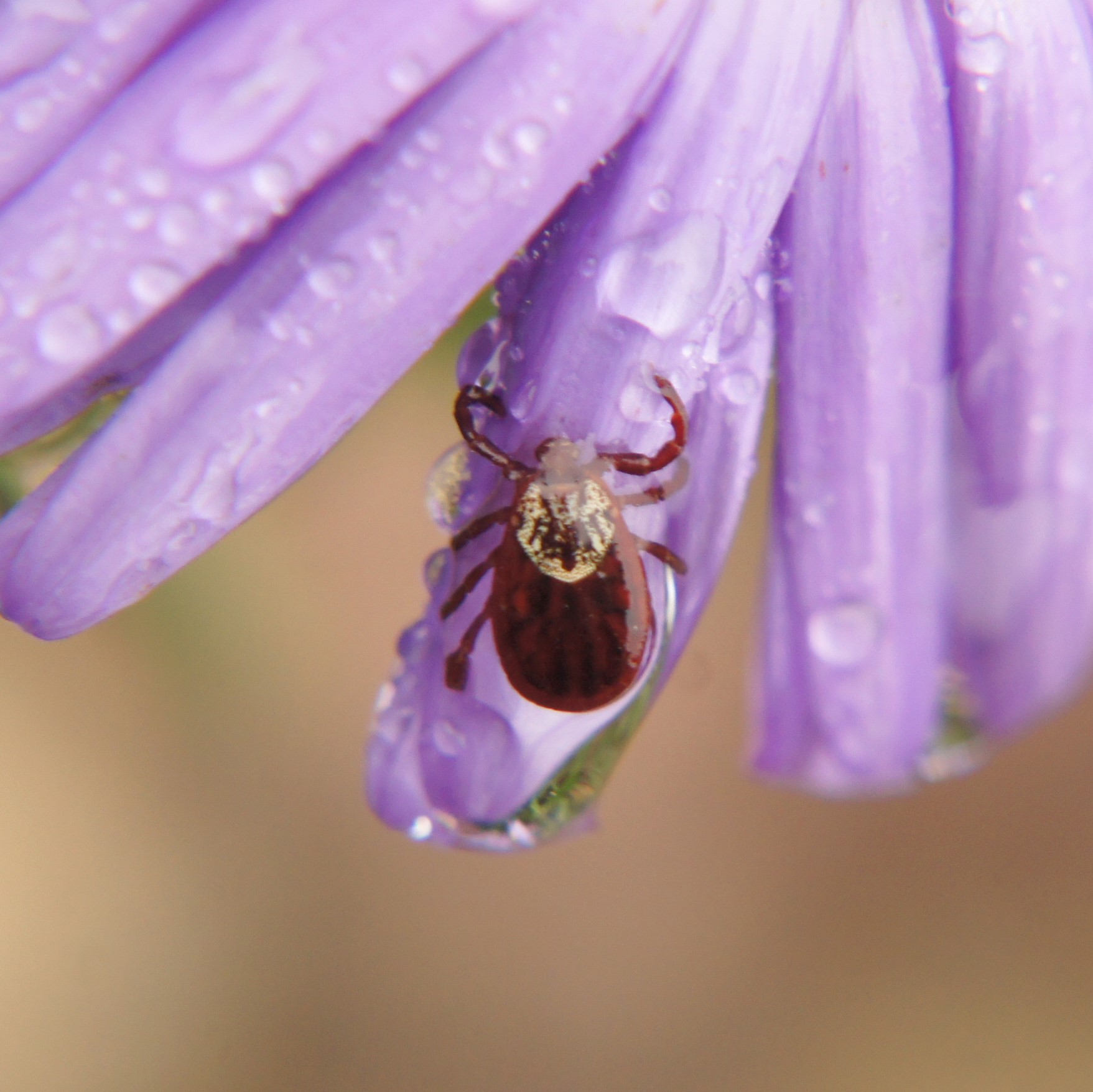
A little bit off alphabetical ordering, but I think you won't mind seeing a lovely Dahlia here, especially as it is being visited by two kinds of Bees. I don't know what the little one is, but the big one is a Common Bumblebee. Note: "common" here just means "usual", no deprecative involved. It was sent by Vanessa McCaffrey in the Chemistry Department here at Albion College. The next one, a Beetle (one with those sharp heavy mandibles - keep your finger away from them!) was taken by Pavel Zabrodsky of Saratov, Russia. You'll be seeing more of his nature photos as we go along!

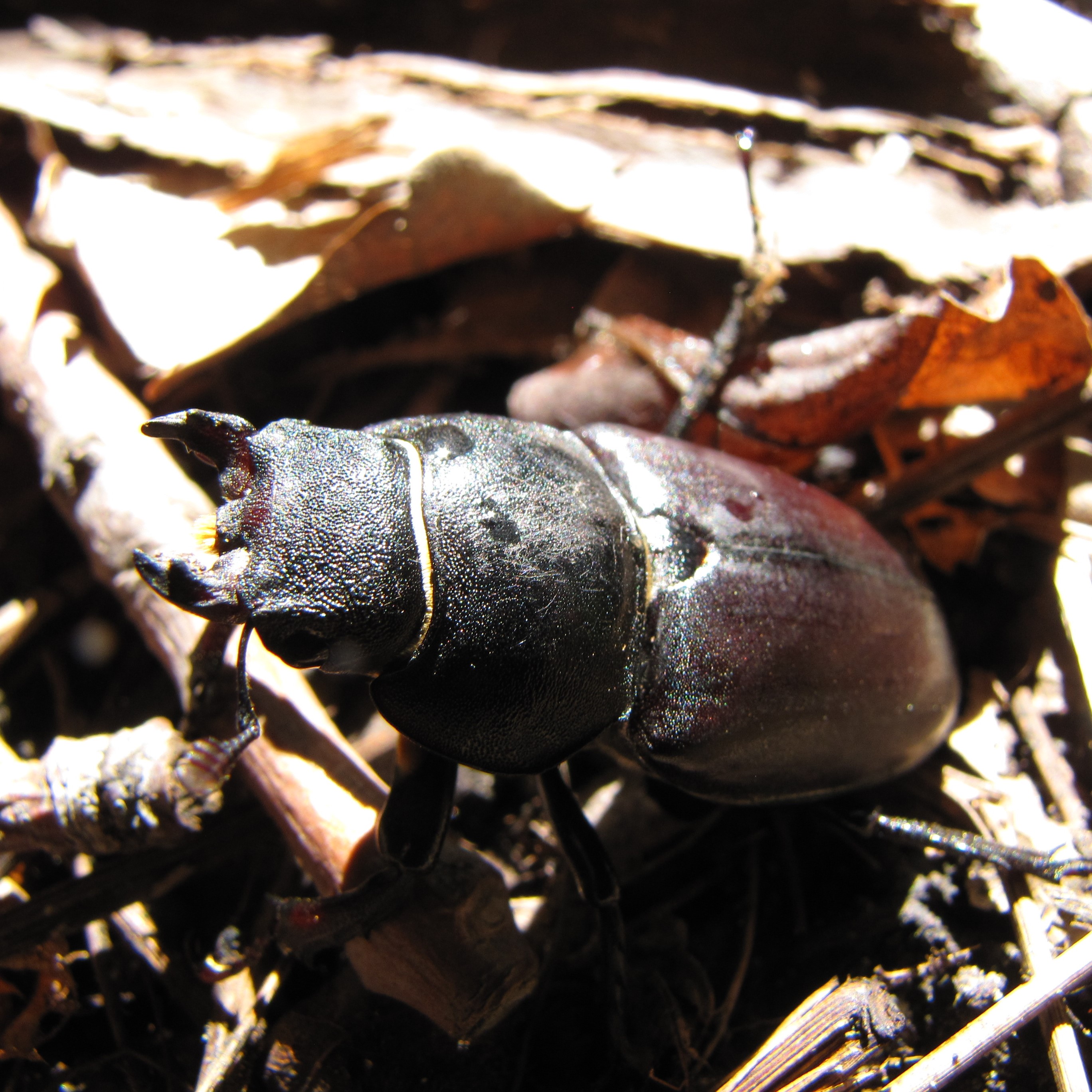
We now visit the Birds and the photography of Dan Lory. These Birds seem to be water-colored, making the photos even more delicate. Dan's words: "You asked for it, Martha! Here are a few fall migrants from this year's migration season." Here we see his Black-and-white Warbler; Black-bellied Plover; and Black-throated Green Warbler.
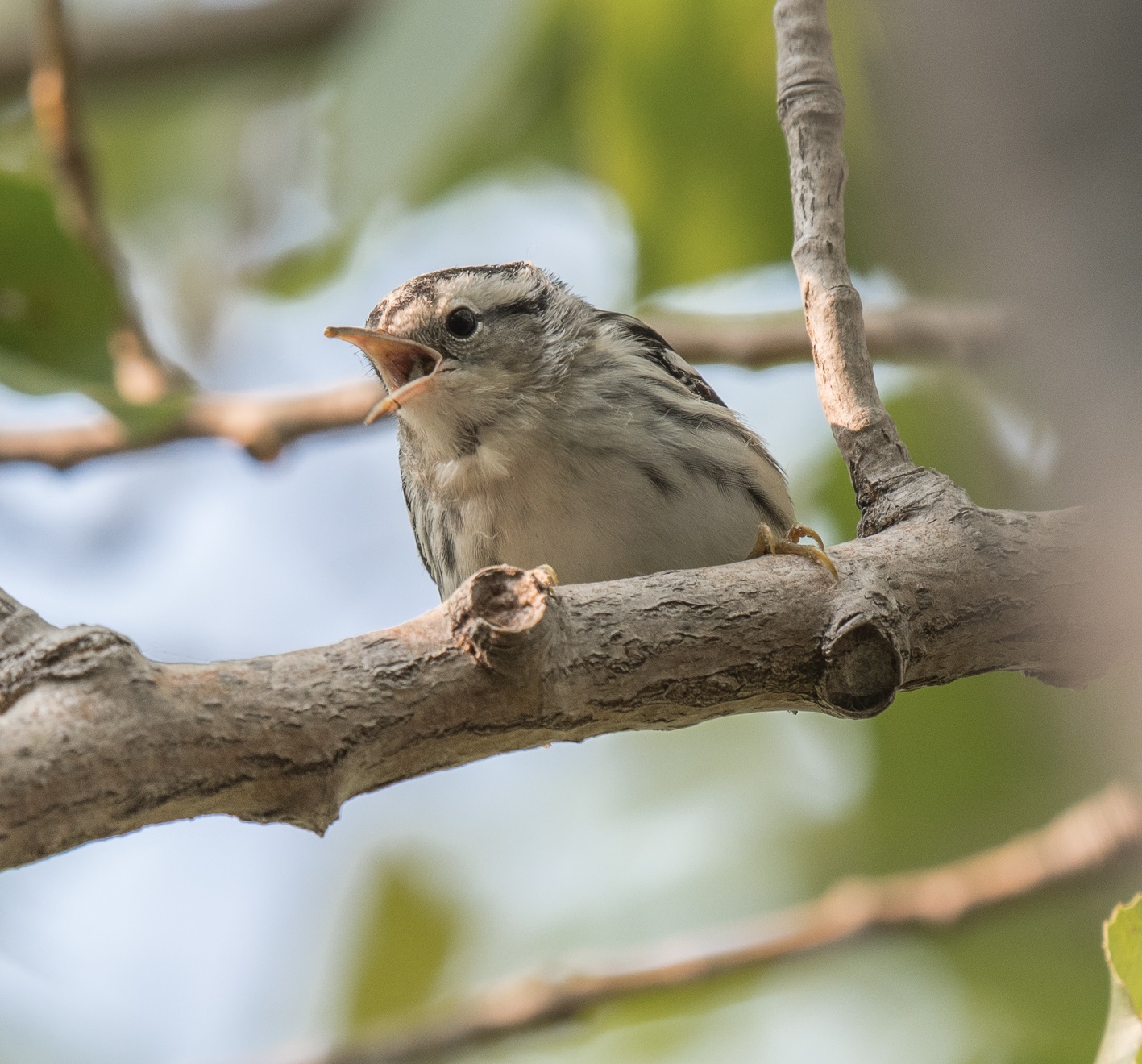

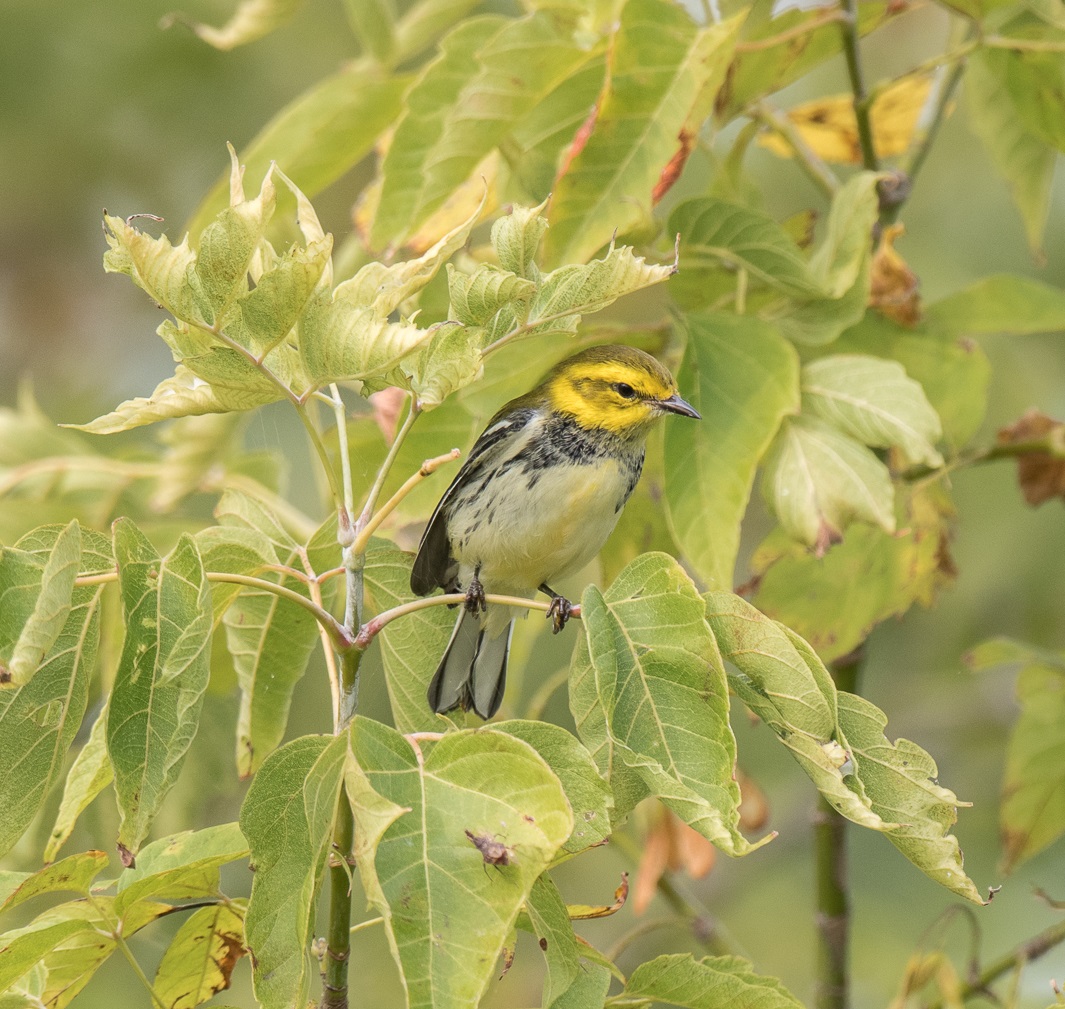
Here are Dan's Bobolink; Lincoln's Sparrow; and Magnolia Warbler.
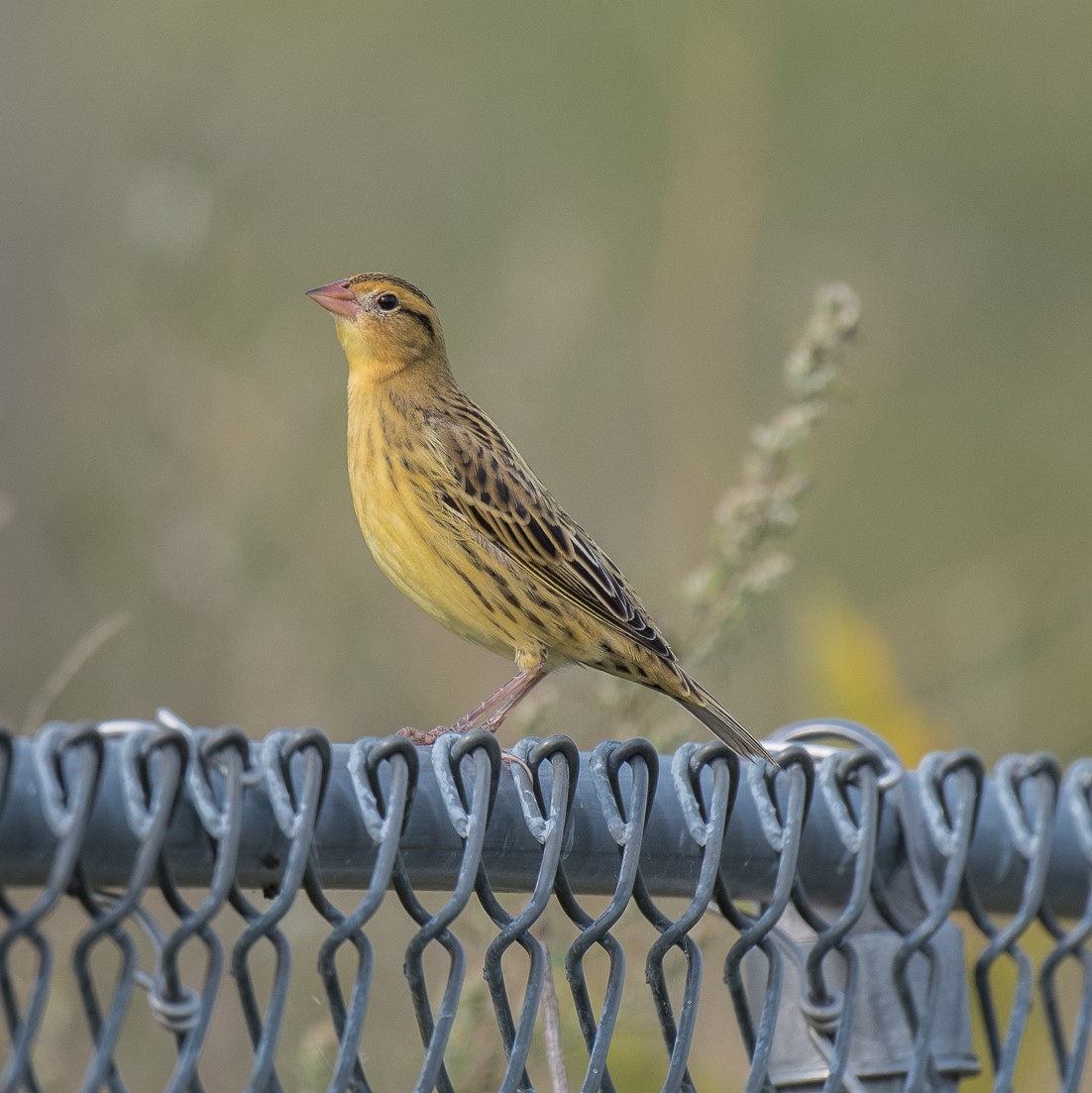

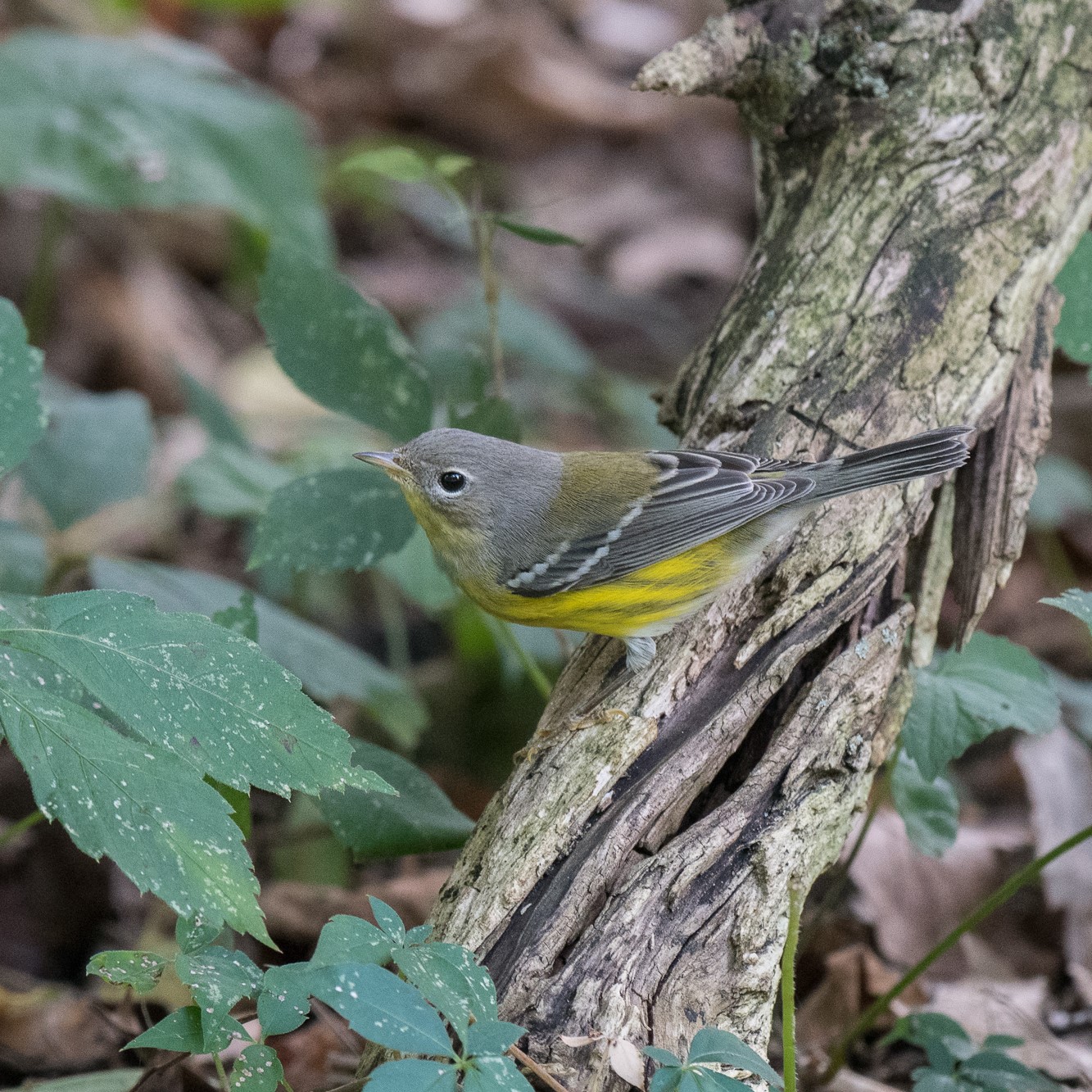
Here are the last two of Dan's photos, uncropped. They are the Nashville Warbler and the Ruby-crowned Kinglet, my favorite of all these. He adds, "I have to leave it to you to ID the caterpillar that is being consumed by the Nashville Warbler ;)"


Here are three Bird pictures taken by Pavel Zabrodsky of Saratov, Russia.
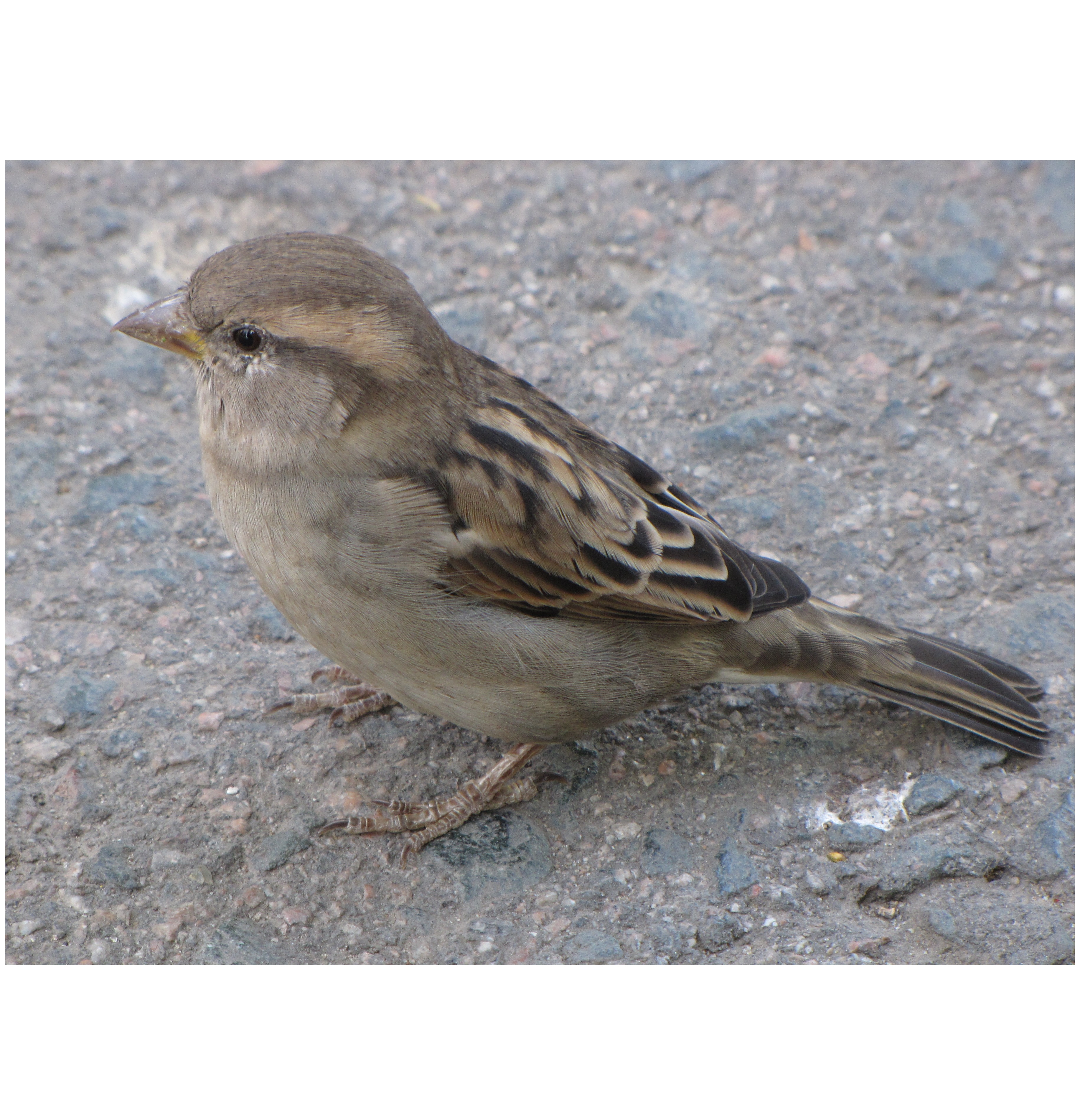
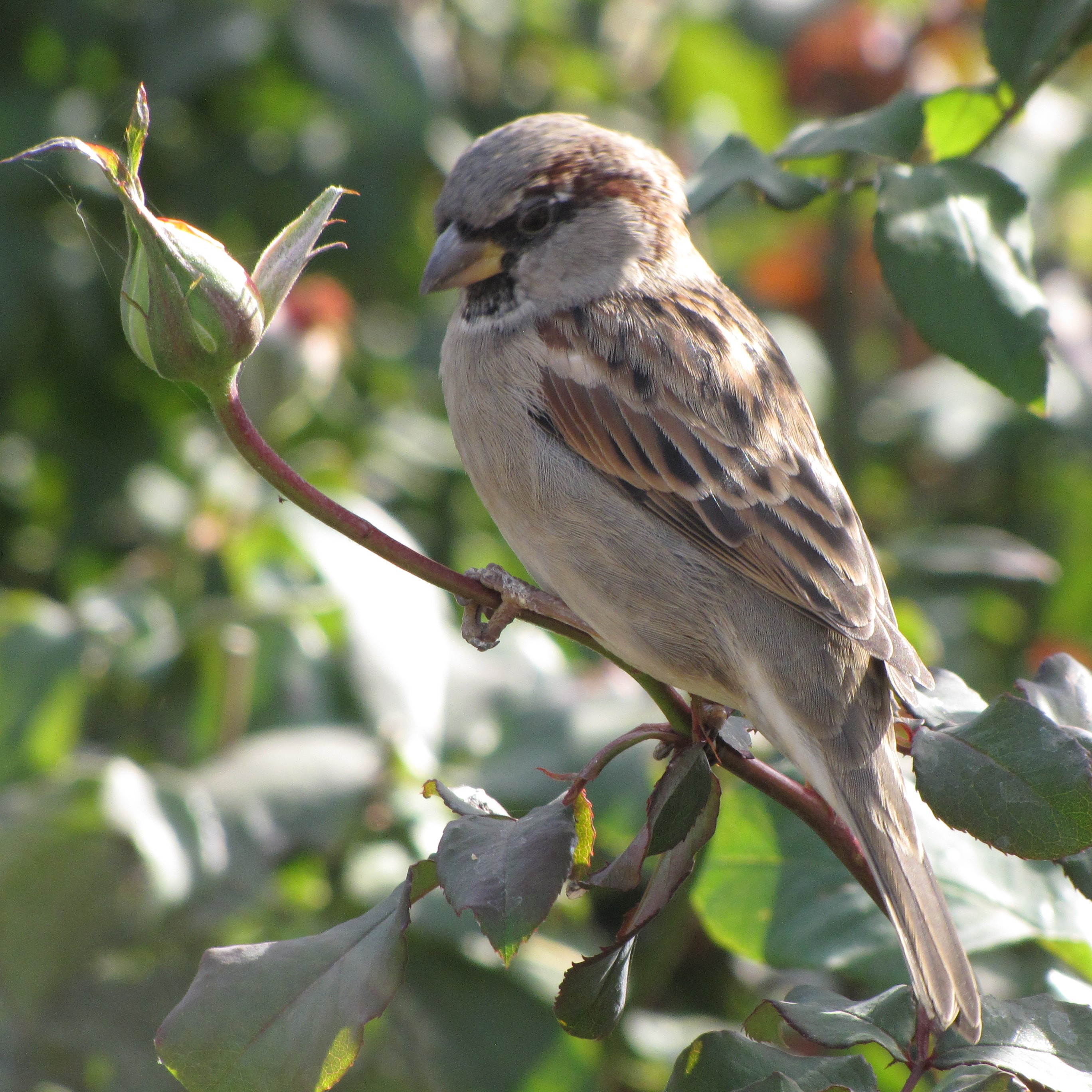
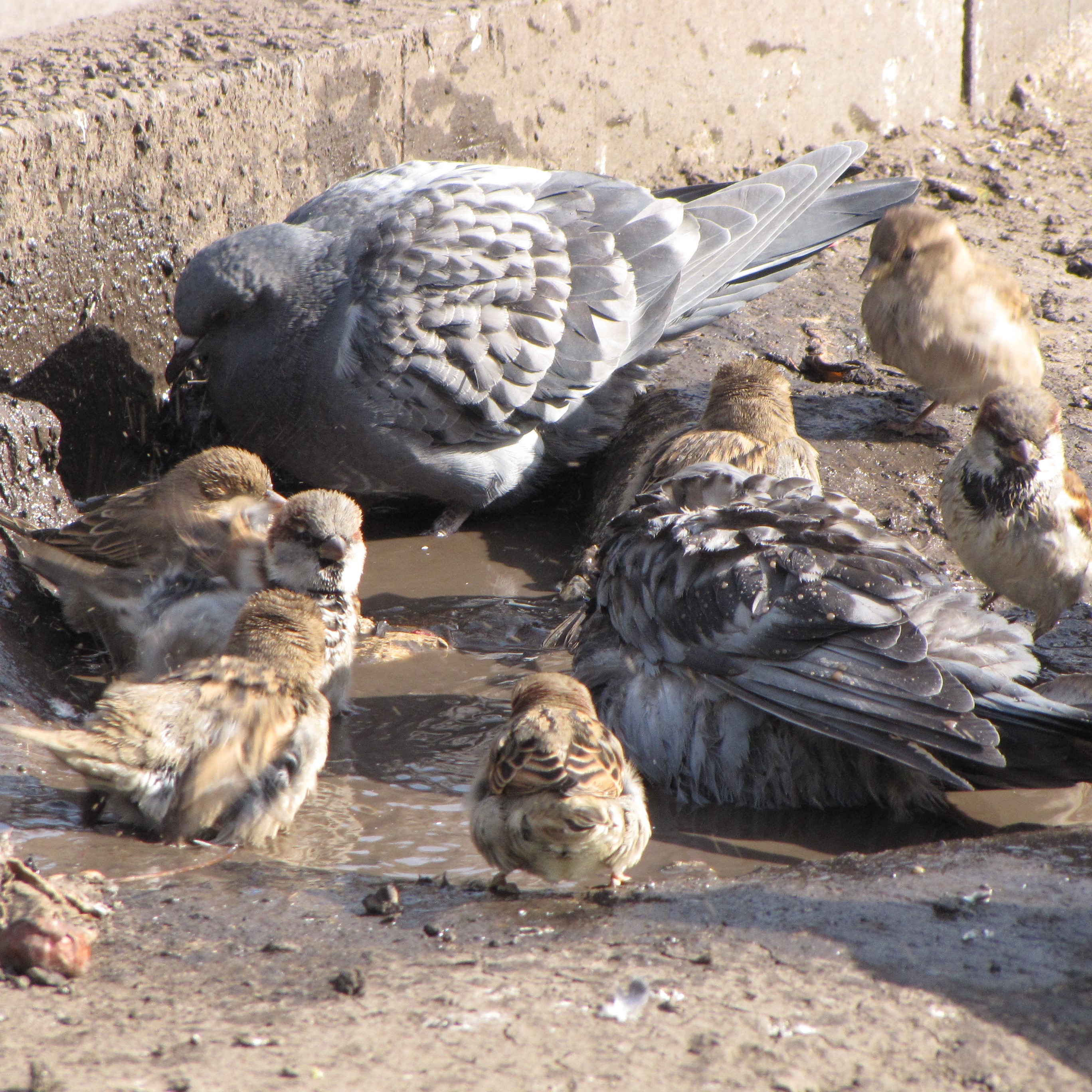
Next is a beautiful Underwing Moth that came all the way from Pavel in Russia. It looks exactly like one we have here! Sue Farley, a retired Mathematics teacher in Albion, sent this picture of a lovely Monarch Butterfly on a Zinnia flower. You've already seen Pavel's Beetle picture above. Third is a photo from Jim Whitehouse, my around-the-corner neighbor, and shows the awesome caterpillar of the White-marked Tussock Moth.
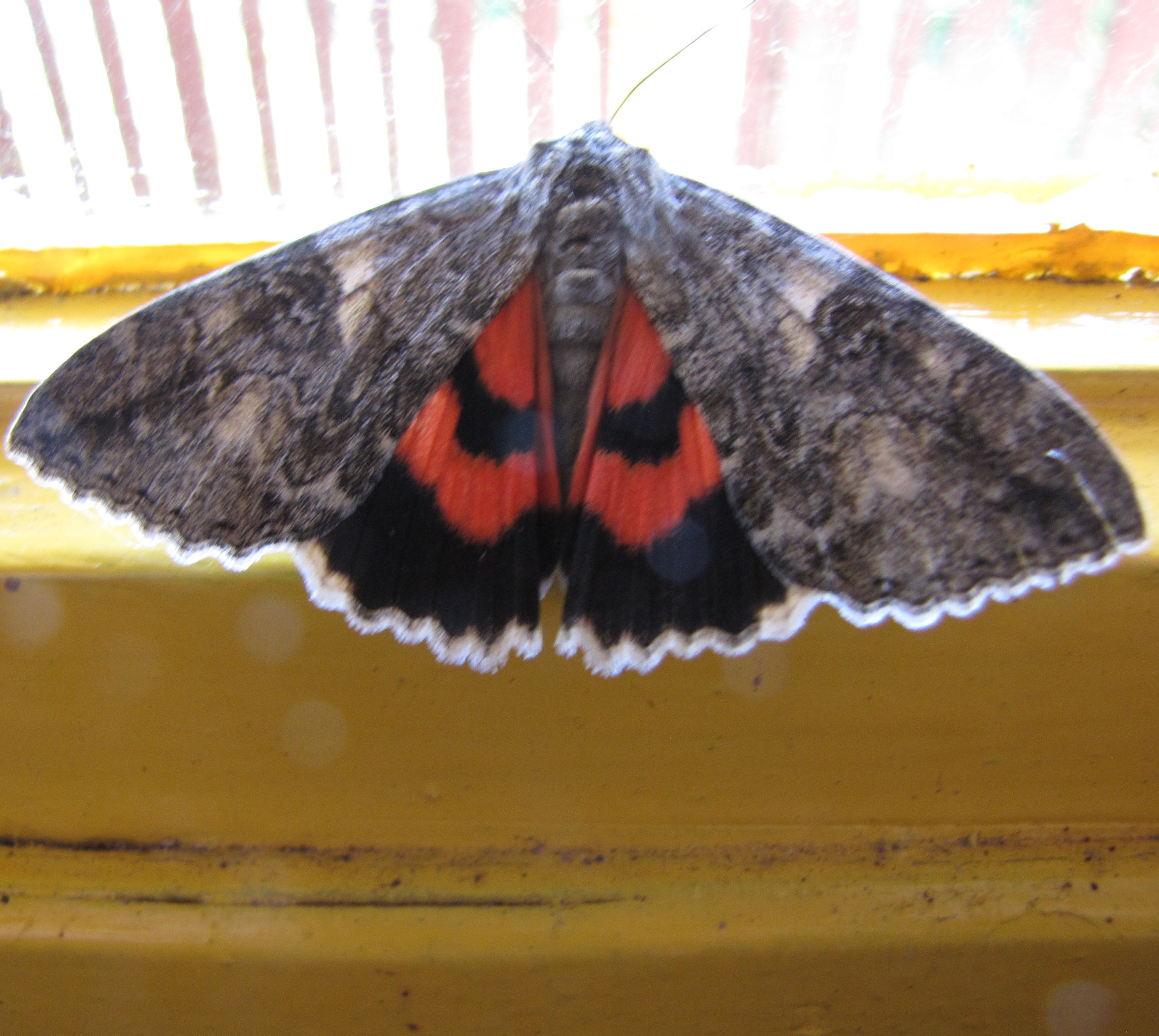
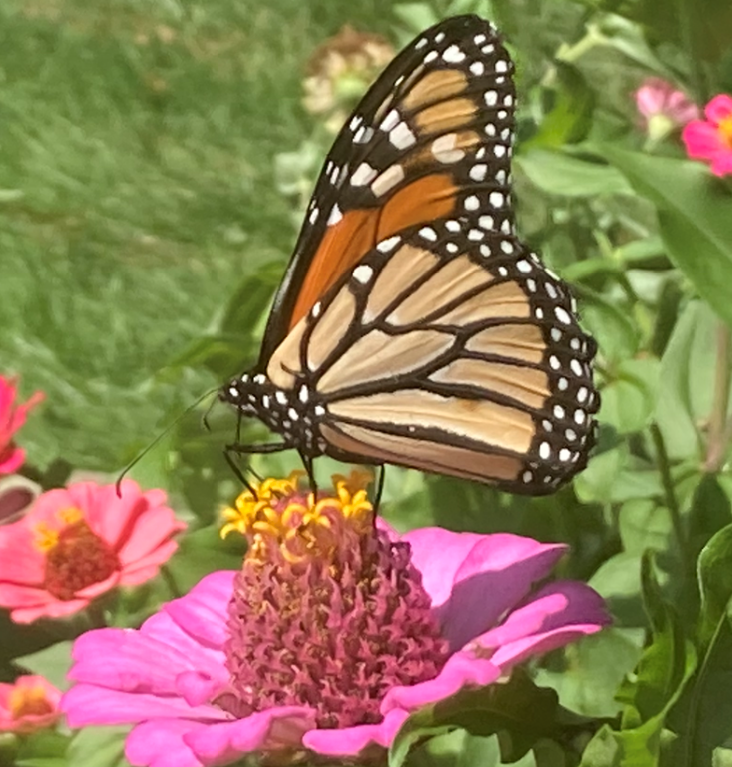
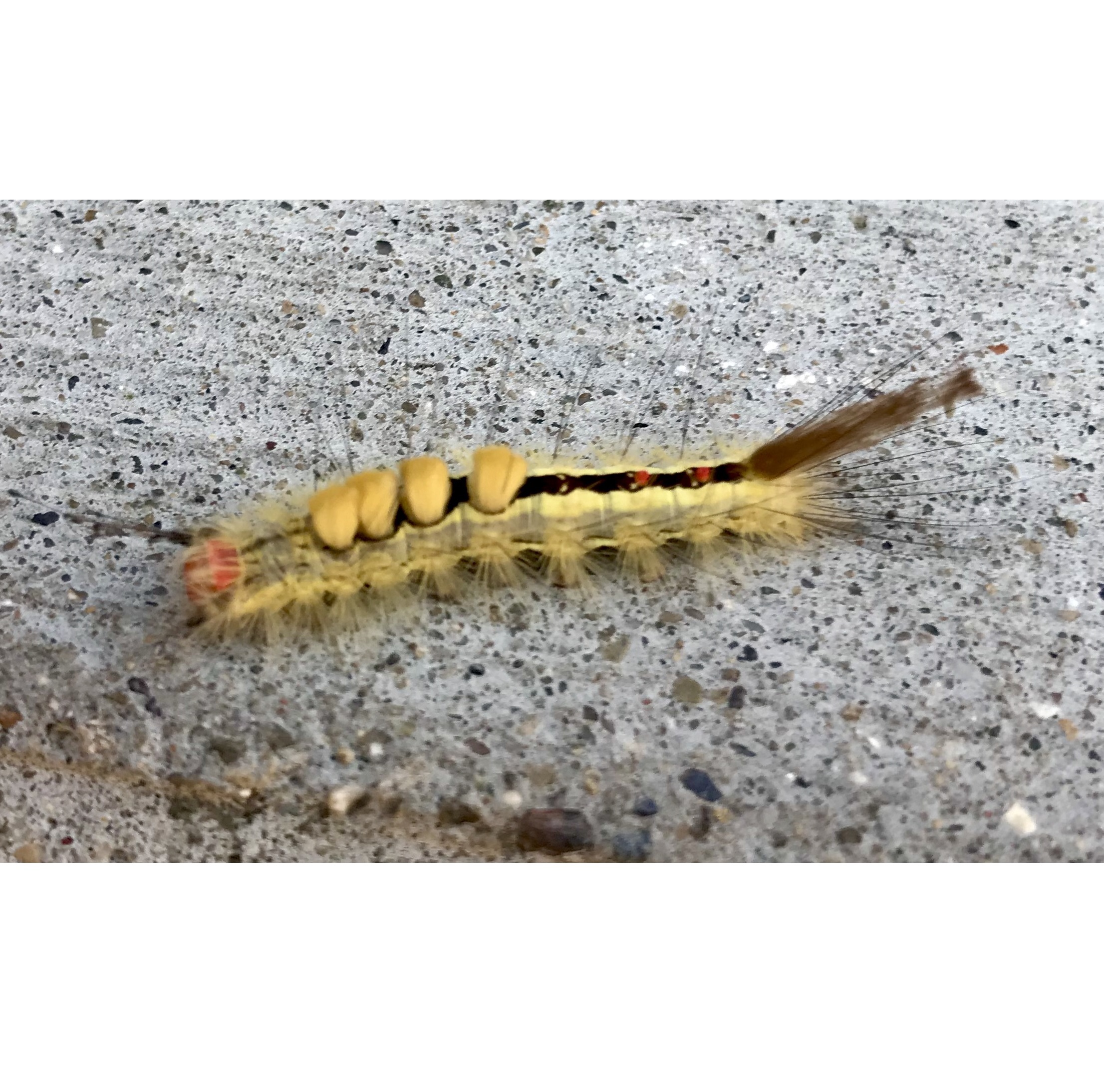
I managed to get a few Bug pictures. First up is a Mystery Bug; then you see a Planthopper called Thionia bullata; and (I think) a Drymus unus bug, which seems to like these environs in the Fall and Winter.
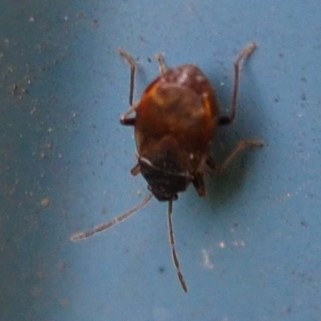
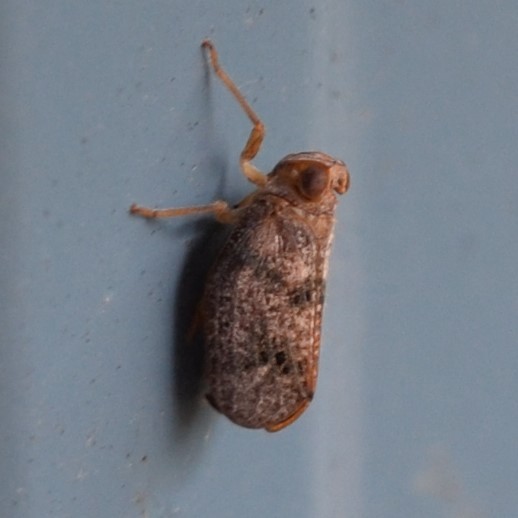
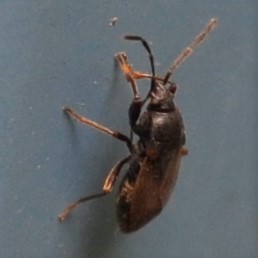
I also had a couple of Crickets, both in the subfamily Hapithinae - here is one; and this Forktailed Katydid, a nice big female. Look at that huge scimitar, to be used to lay eggs into wood. Meanwhile, this lovely Carolina Mantis was spotted by Pam Croom down in Tennessee.
.jpg)
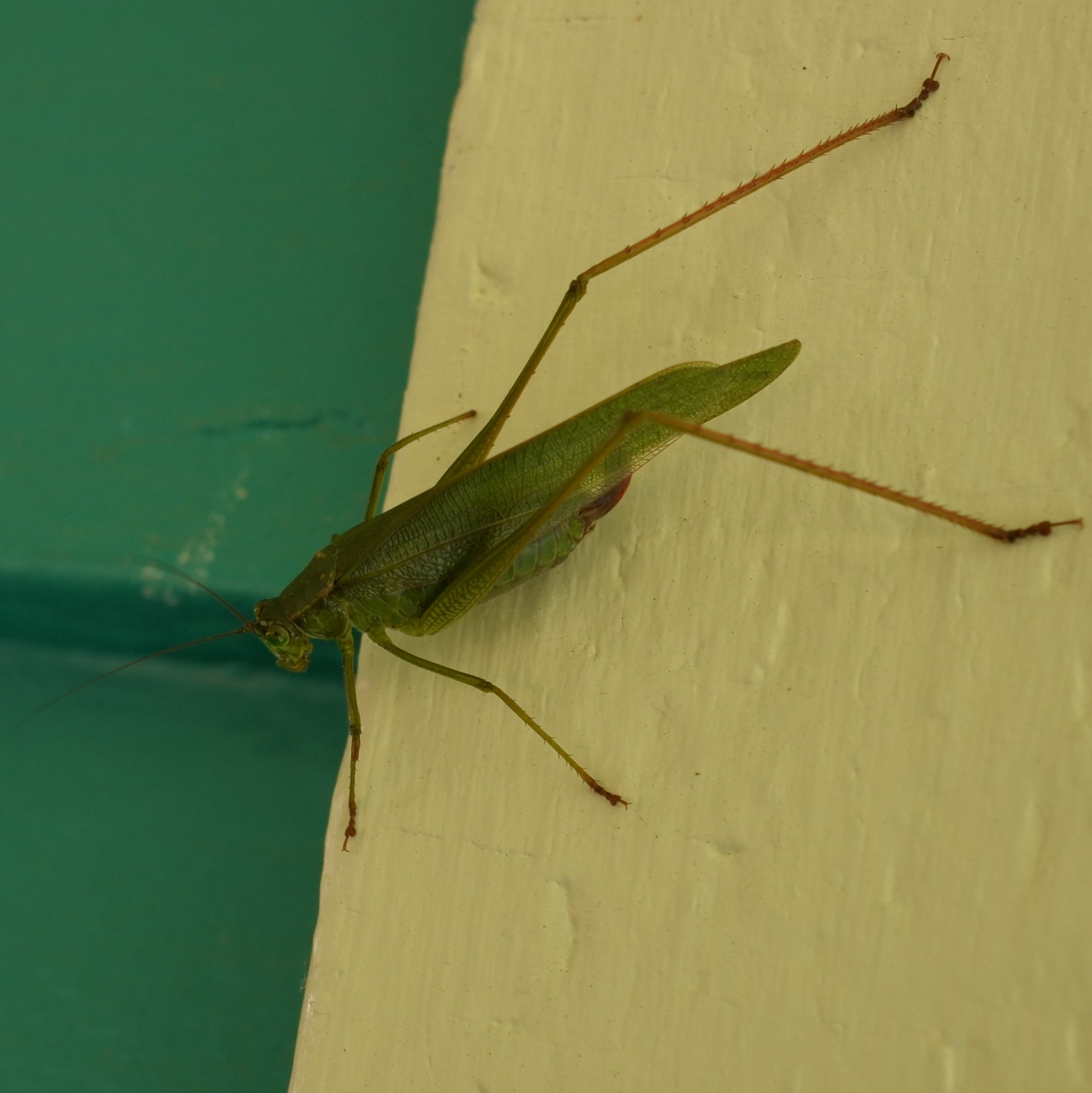

The color change in the local vegetation inspired quite a few lovely pictures of the scenery around here. My friend Julie Plassman took this first one of "a view from Bald Hill near Lovells, Michigan on October 10, 2020. My favorite fall color photo so far this year!"
Jim Seidl took the next one, entitled "Near the Equestrian Center" (part of Albion College) with his new camera; and, at the request of his wife Kathleen Seidl, this one of a dead tree in Riverside Cemetery. Meanwhile Kathleen Seidl took this one contrasting the colors of the Euonymus and Redbud in Fall. As usual, click once or twice on any picture to enlarge it.

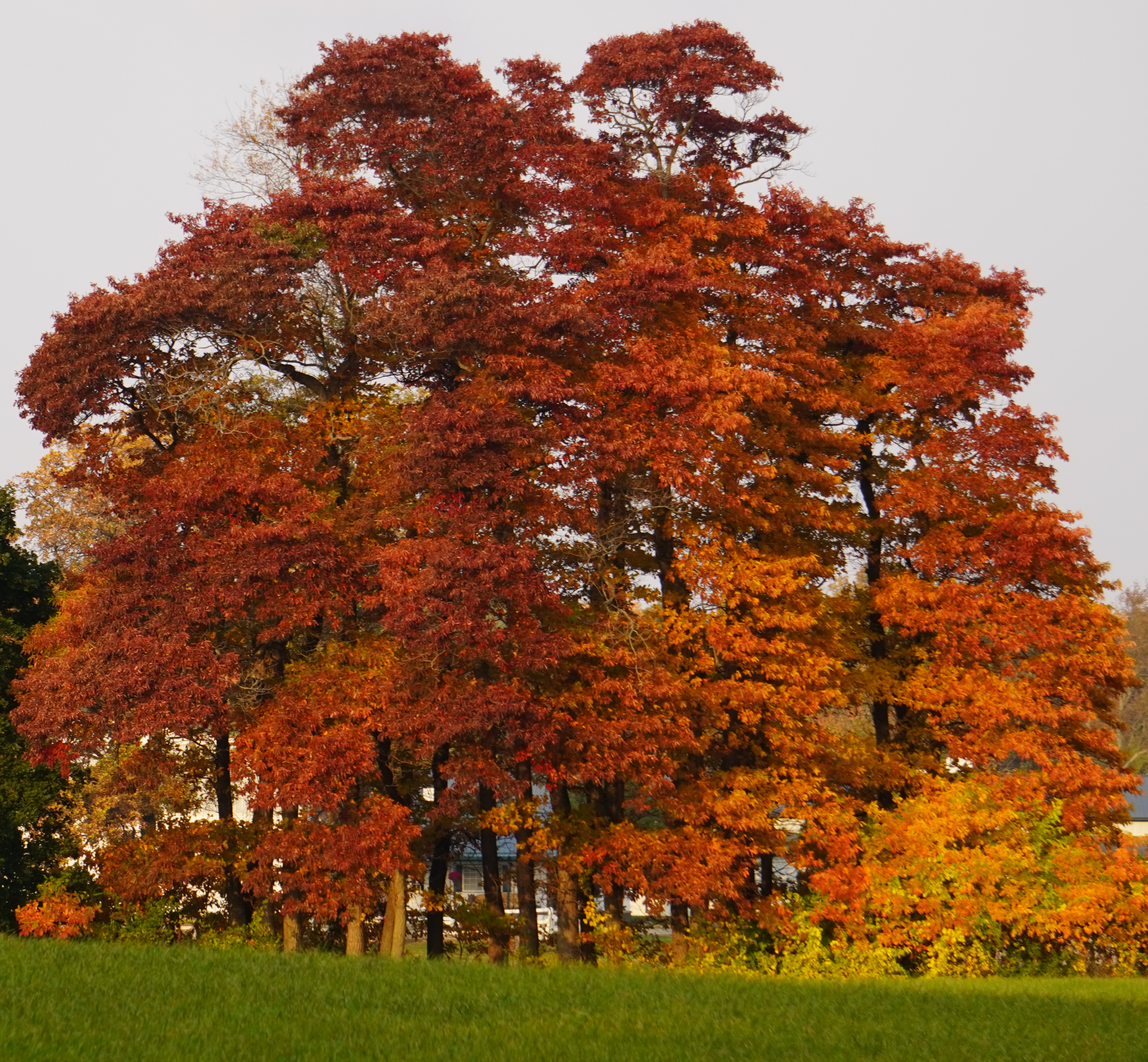


Jim also sent in this picture of the lovely blue Chickory and another picture of Pink Chrysanthemums, two plants that scream Fall.

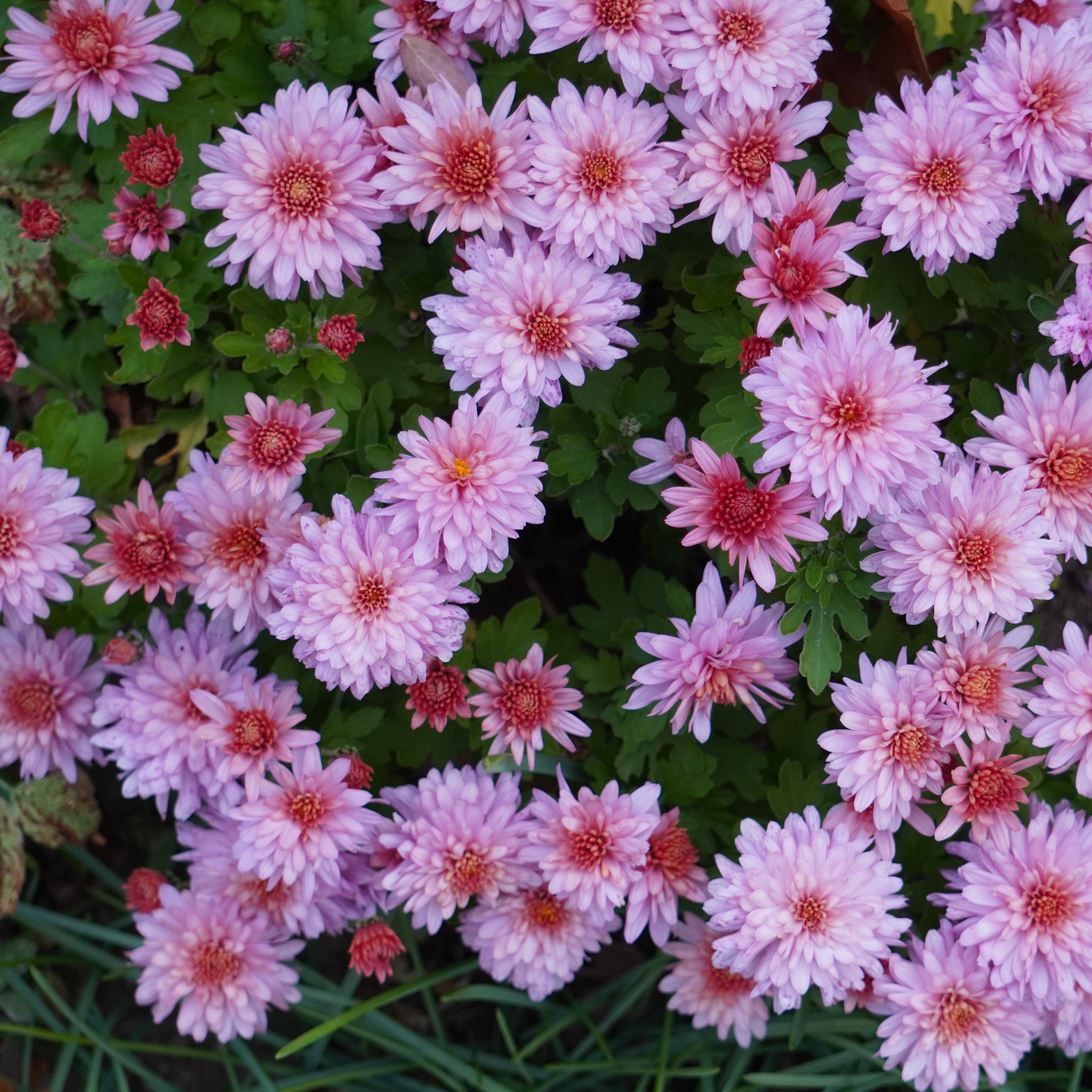
Here is a Spider picture taken by Pavel Zabrodsky - it was identified on iNat as a Cross Orbweaver, same species as we have here! The second is one that I took and that I believe is in genus Bassaniana. Third seems to be a Common House Spider with a second (black) spider as prey.
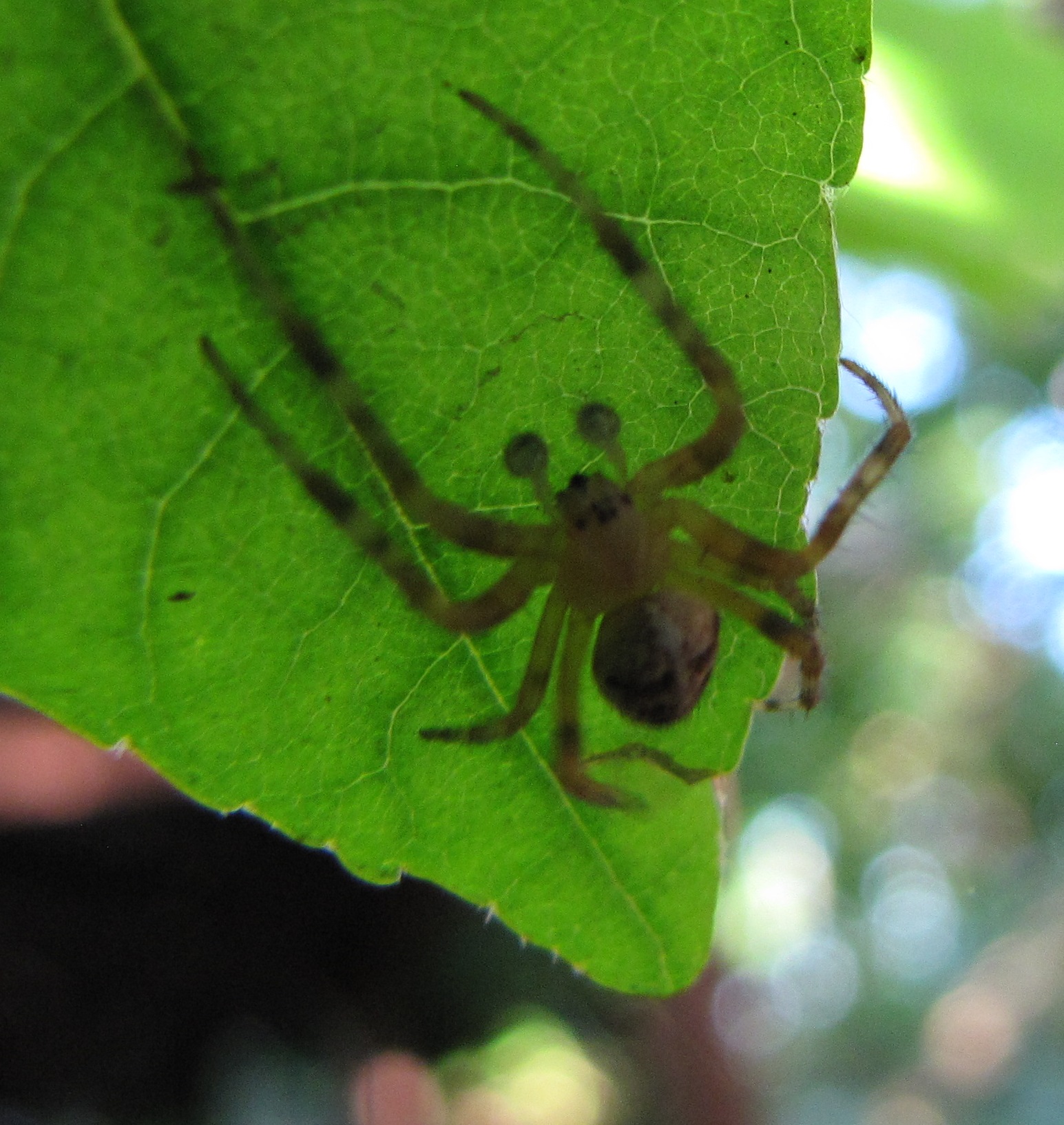
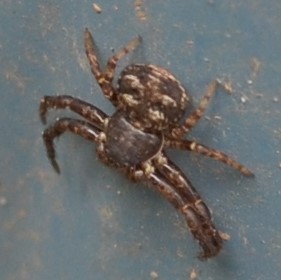
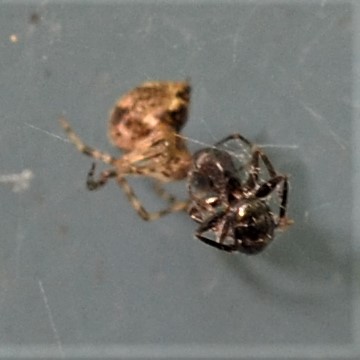
Wasp time! Our sole Wasp of the Week seems to be this lovely rendition by Steven Wang, who explains,
"Perilampus stygicus, a species of cute round parasitic wasp. Many (but not all) species of this group are hyperparasitoids, meaning they specialize in parasitizing other parasitic wasps. There are records of their larvae appearing in moth genitalia - apparently how this happens is that their larvae invade the caterpillar looking for other parasitic larvae to eat, and when none show up ever, they are doomed to die without food in the rear end of the adult moth. Really cool life cycle, and I just love how they look!
Found by sweeping grass on 10 October 2020 in Watkins Glen, NY."
a.jpg)
The Pond has been redug and relined and refilled. The third picture shows the fishes I was able to rescue from the old pond.



Here are some of the fishes coming up for their supper in their new home.
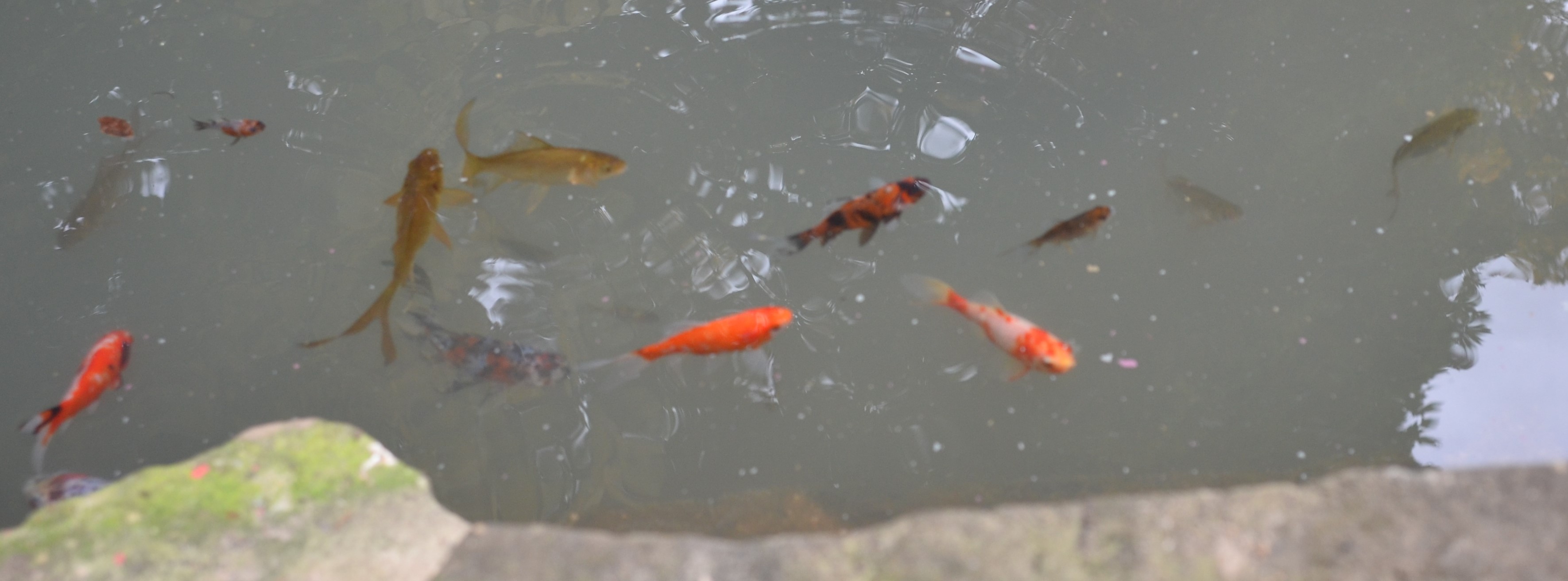
Thank you to all who submitted their beautiful pictures to share with the group. I do have one more to add. Here is the Euonymus that matches the house at this time of year.

And here we are at the end of a very interesting week. Thanks again to the Heroes who showed up to save the blog. I'm especially happy because of the International response - People from all over this country replied, but so did people from Germany and Russia. If anyone wishes to keep the momentum going, please don't be shy. My camera still has a couple of weeks to languish. If you can get me your pictures by Thursday, I will be delighted to see them and pass them on.
Love, Martha
Back to October 11, 2020
Forward to October 25, 2020
Back to main menu
copyright Martha O'Kennon 2020















































.jpg)











a.jpg)




